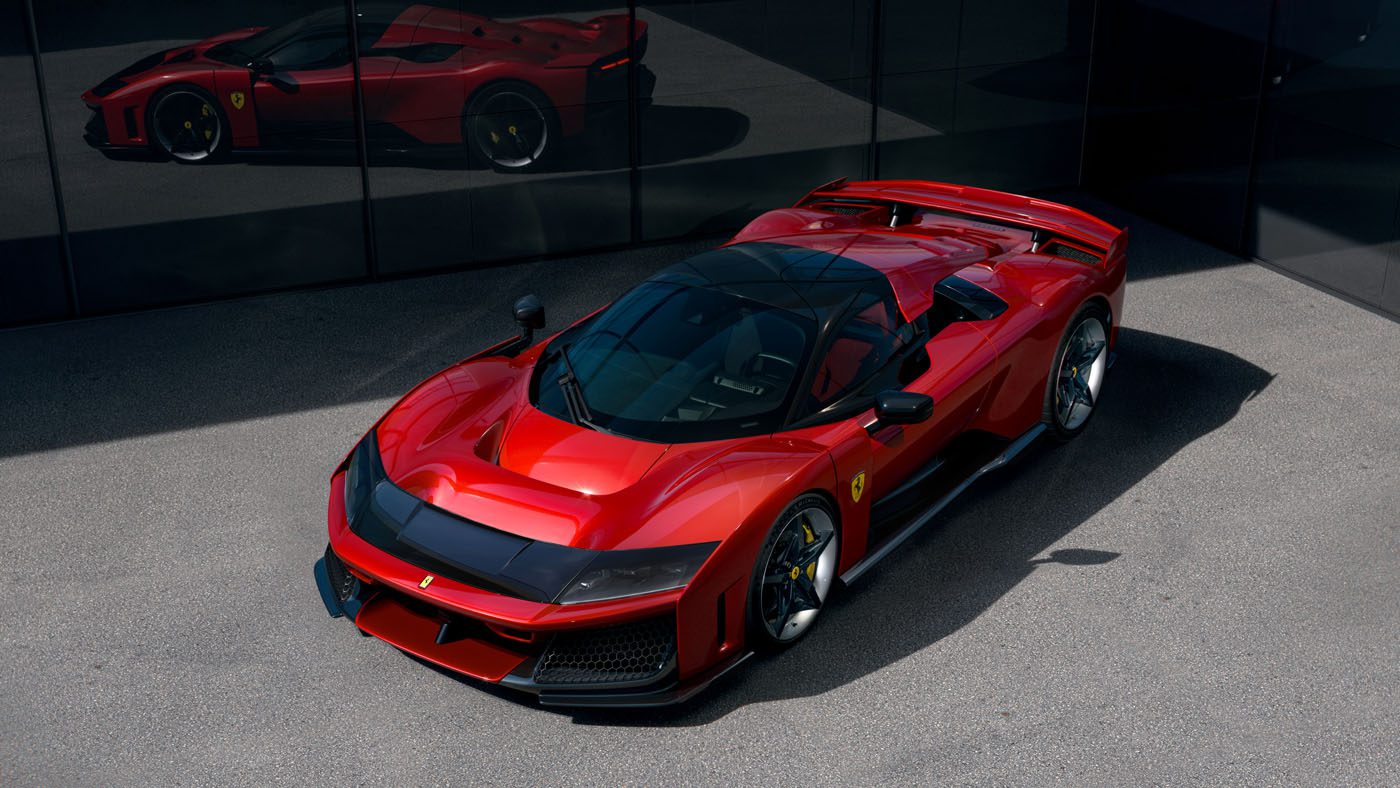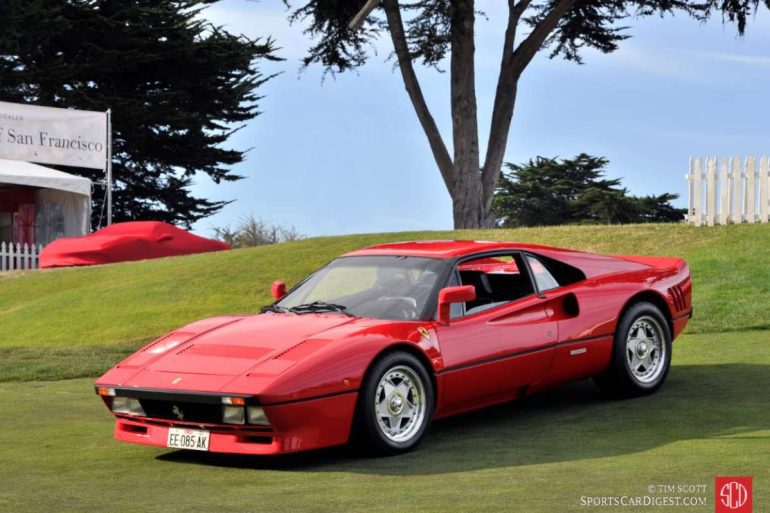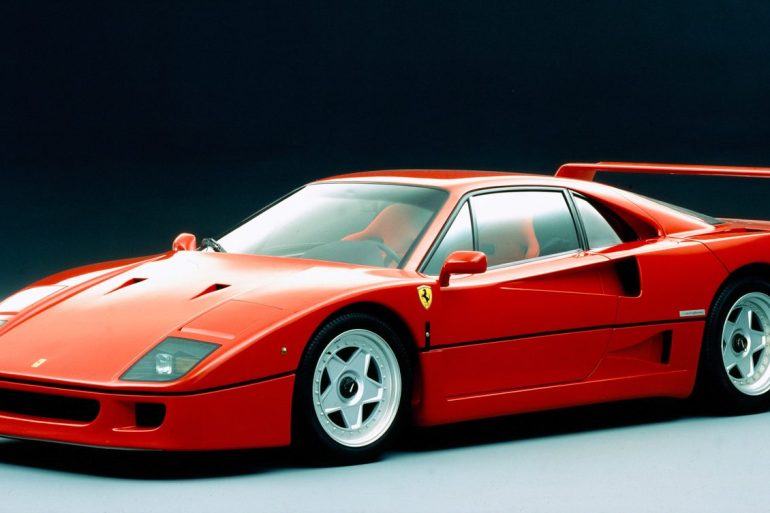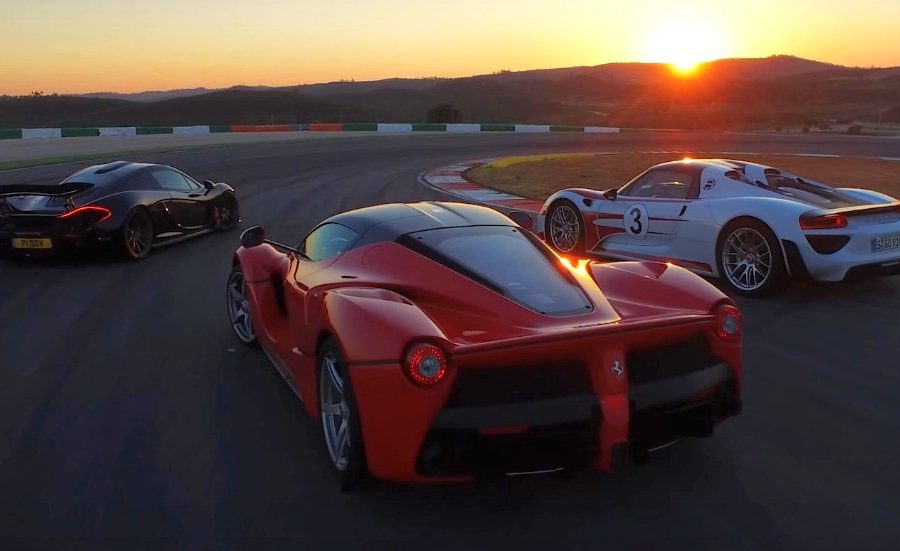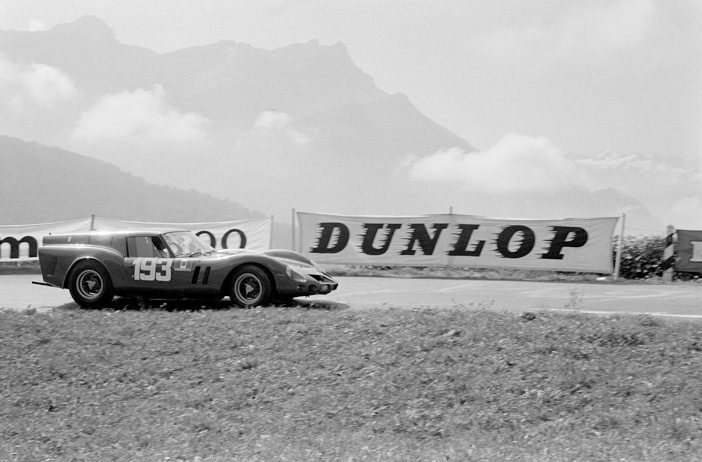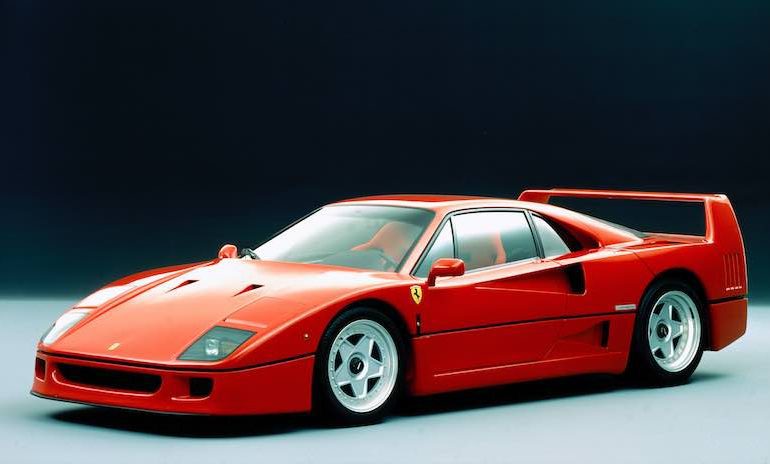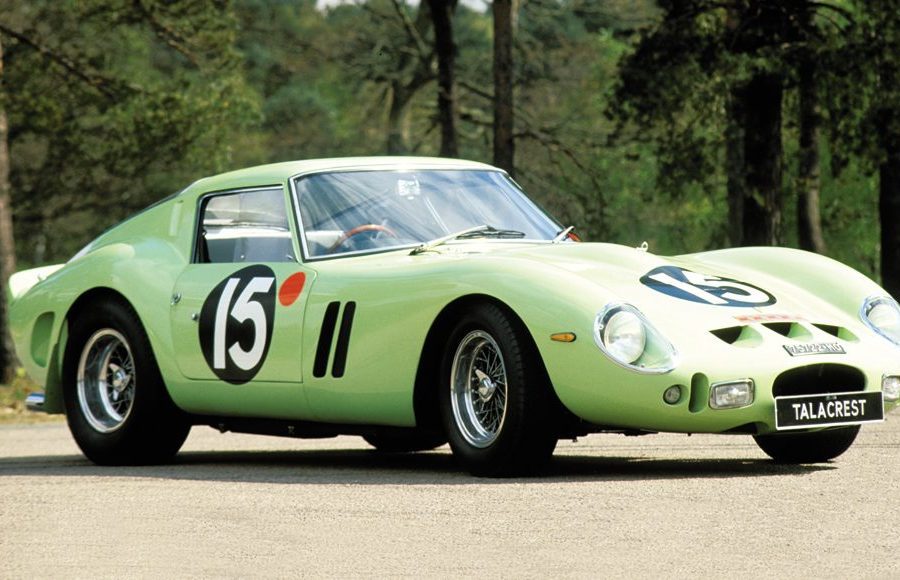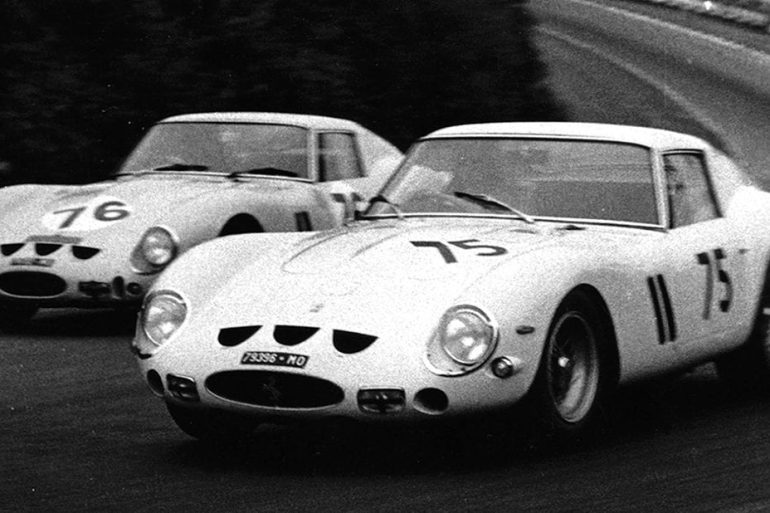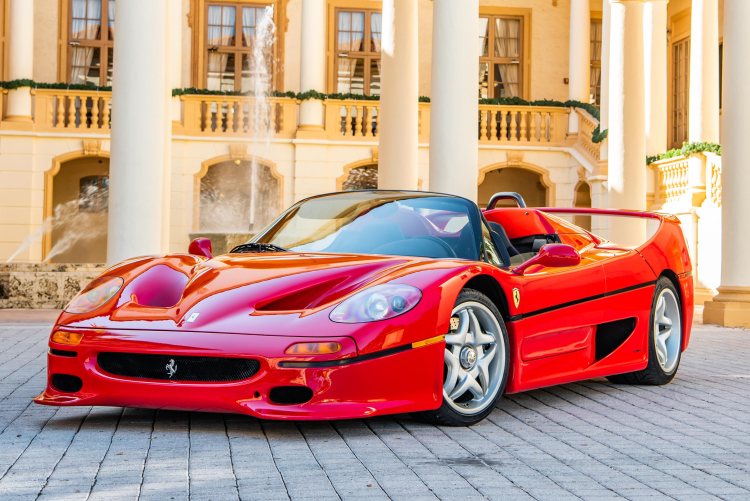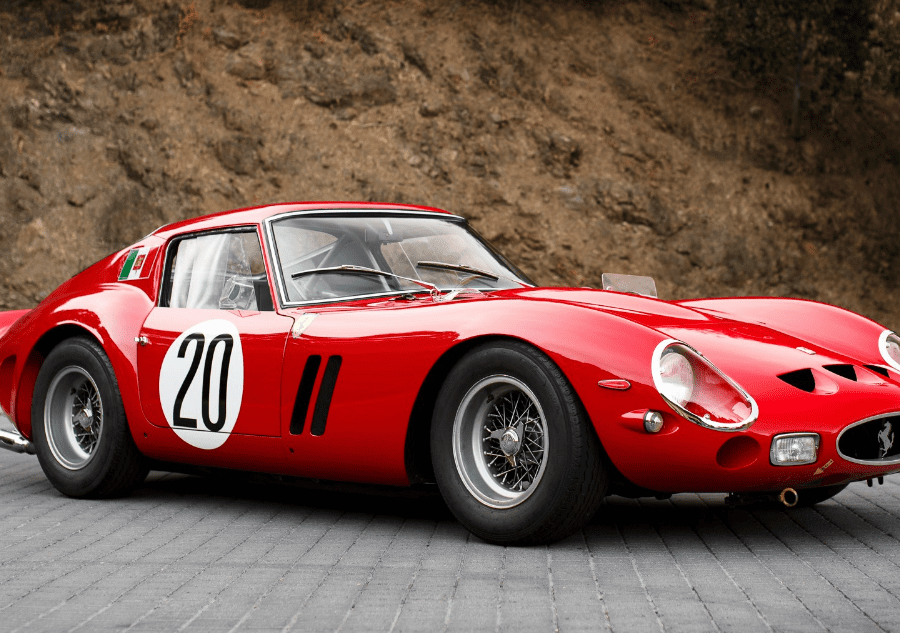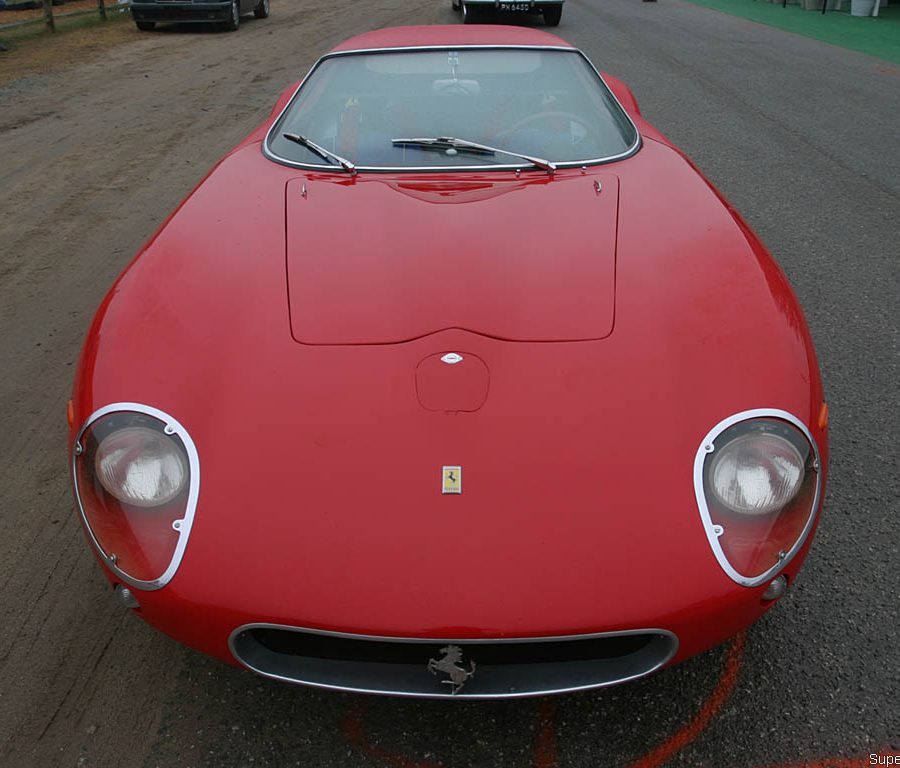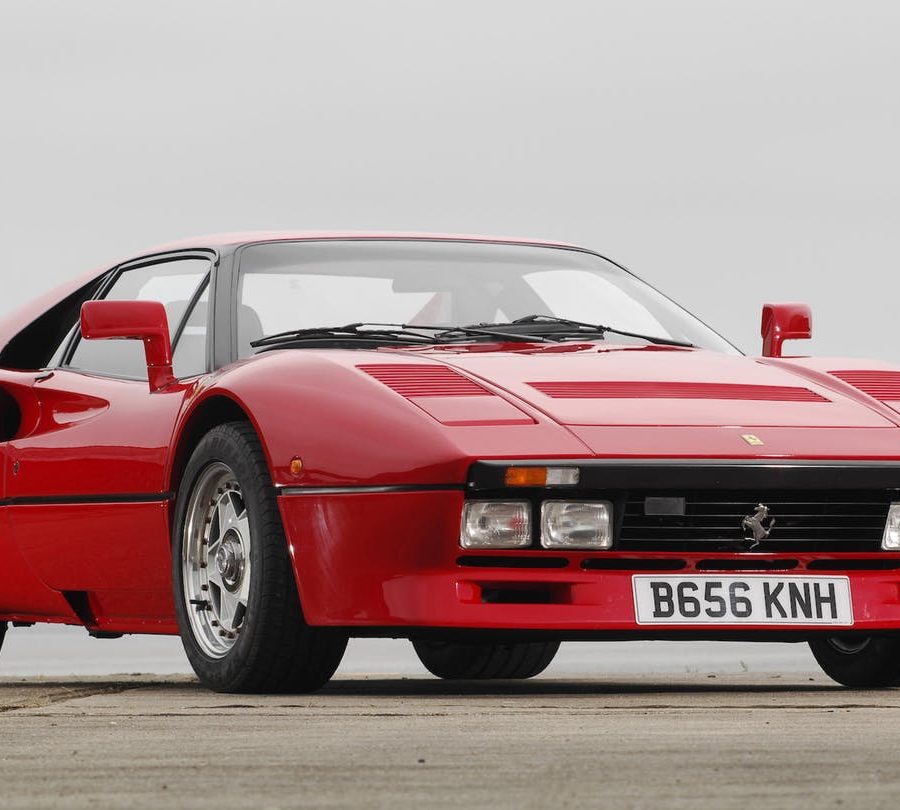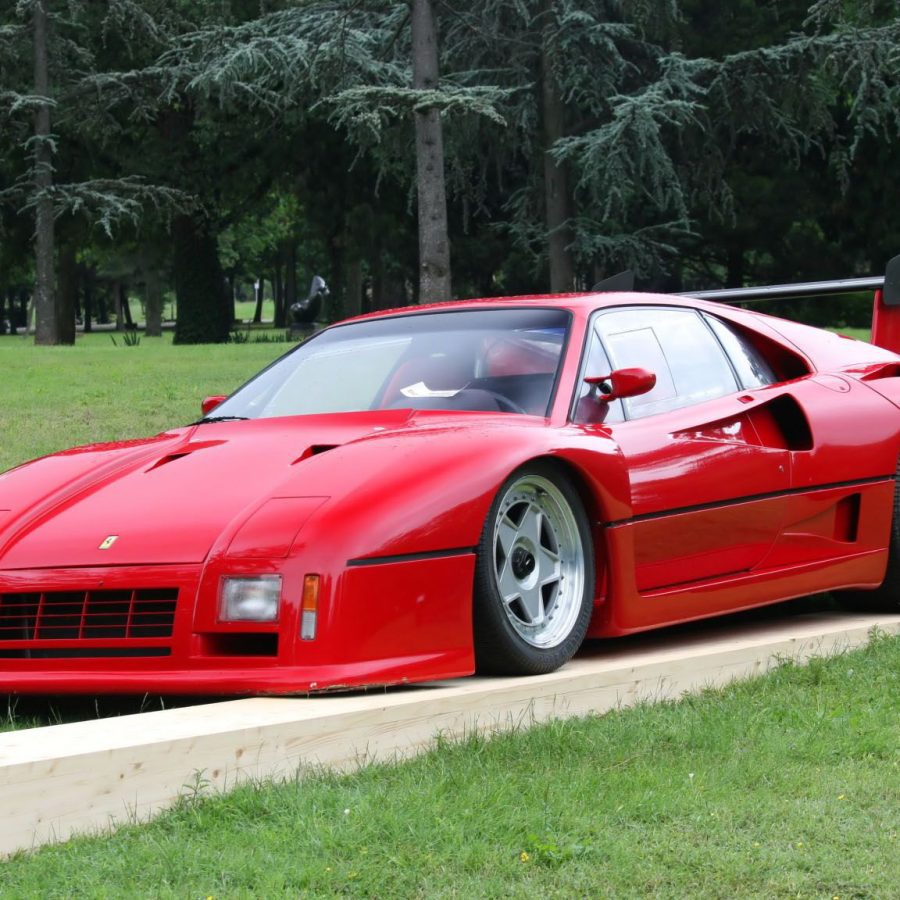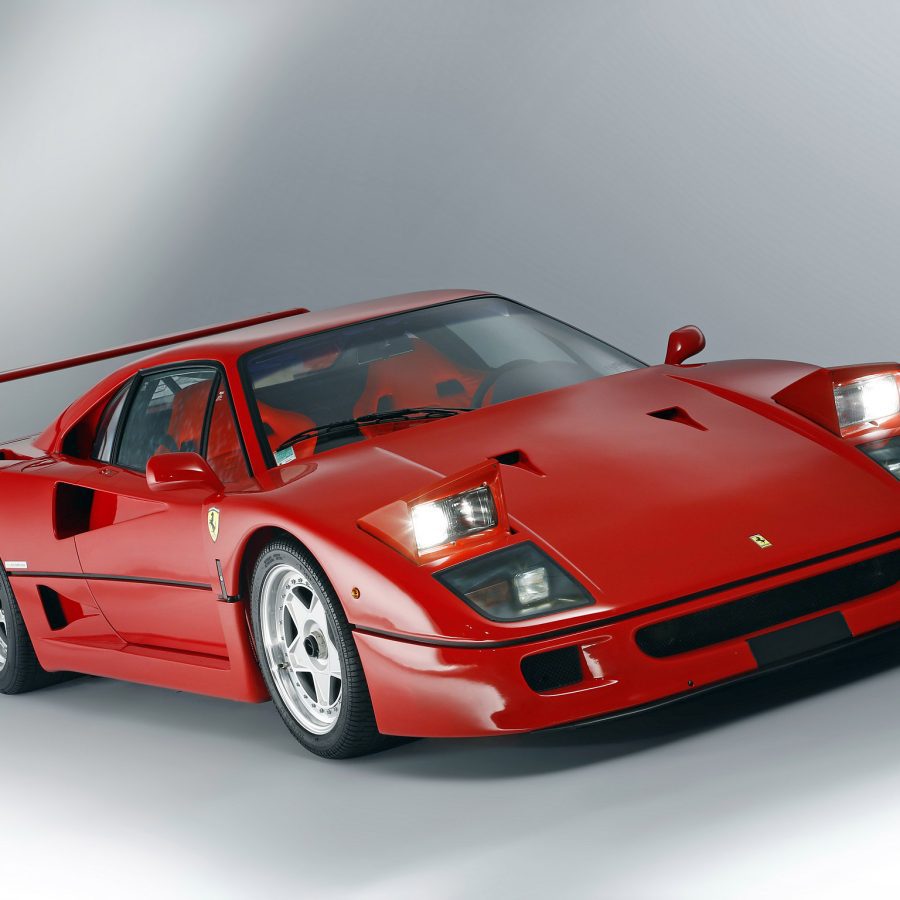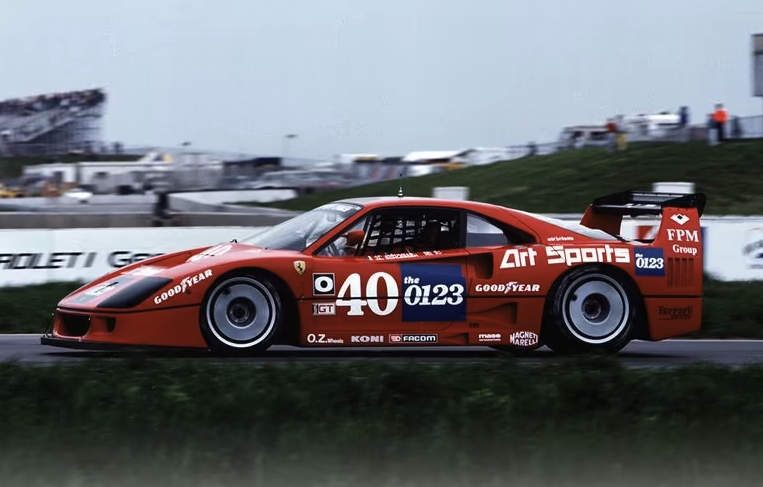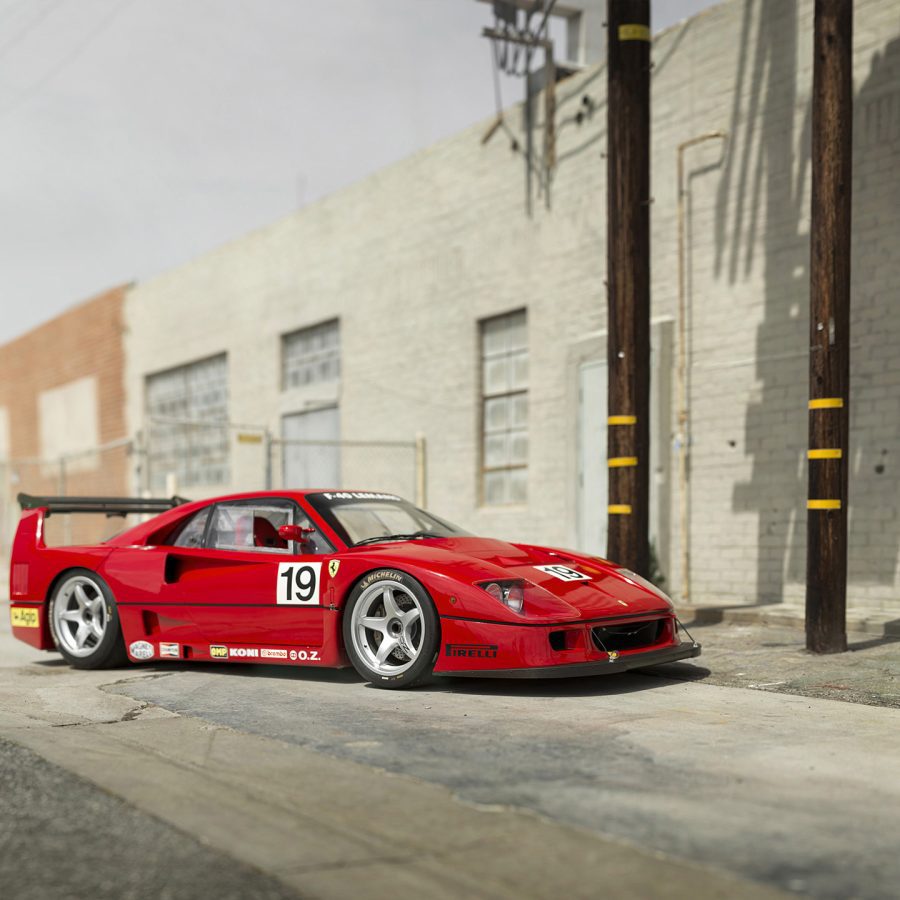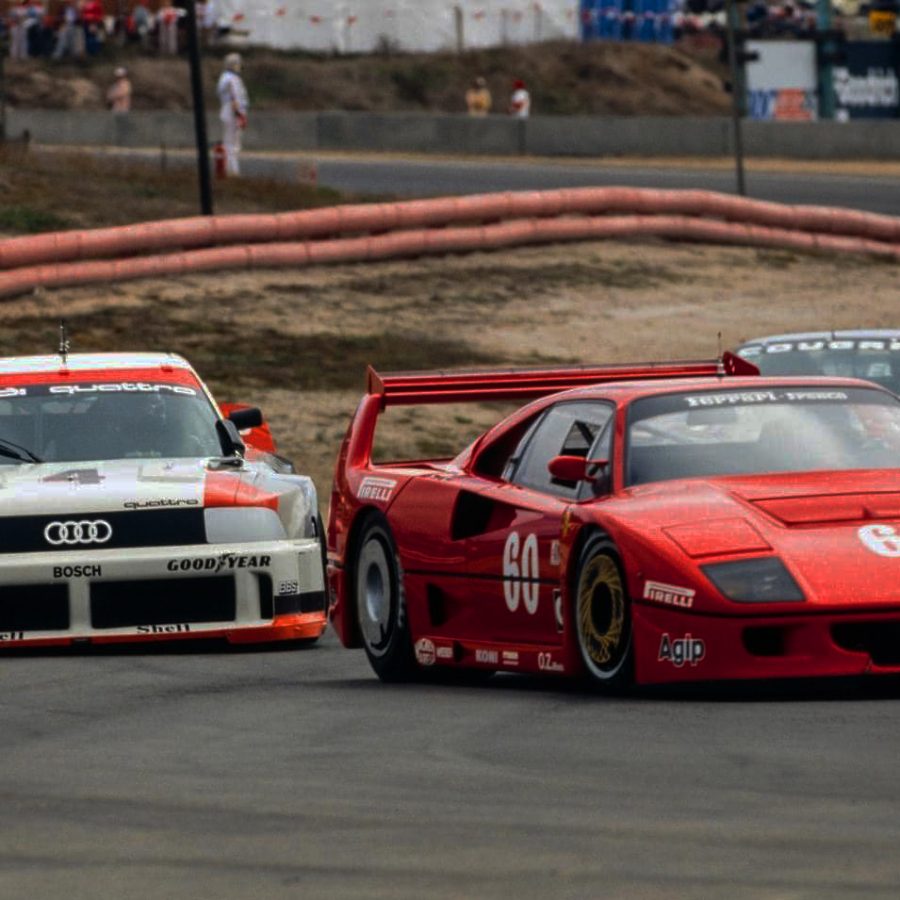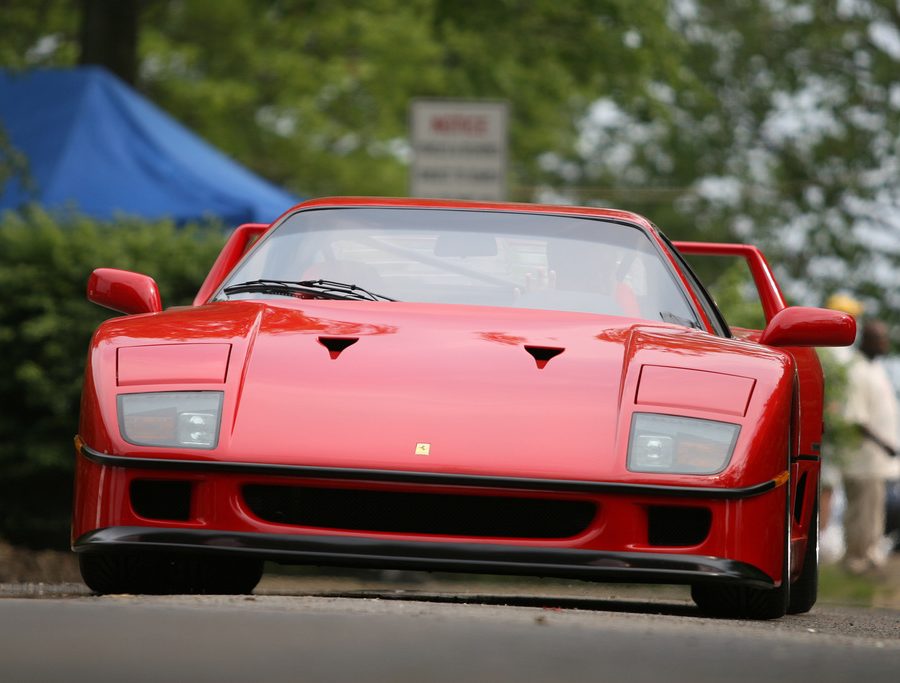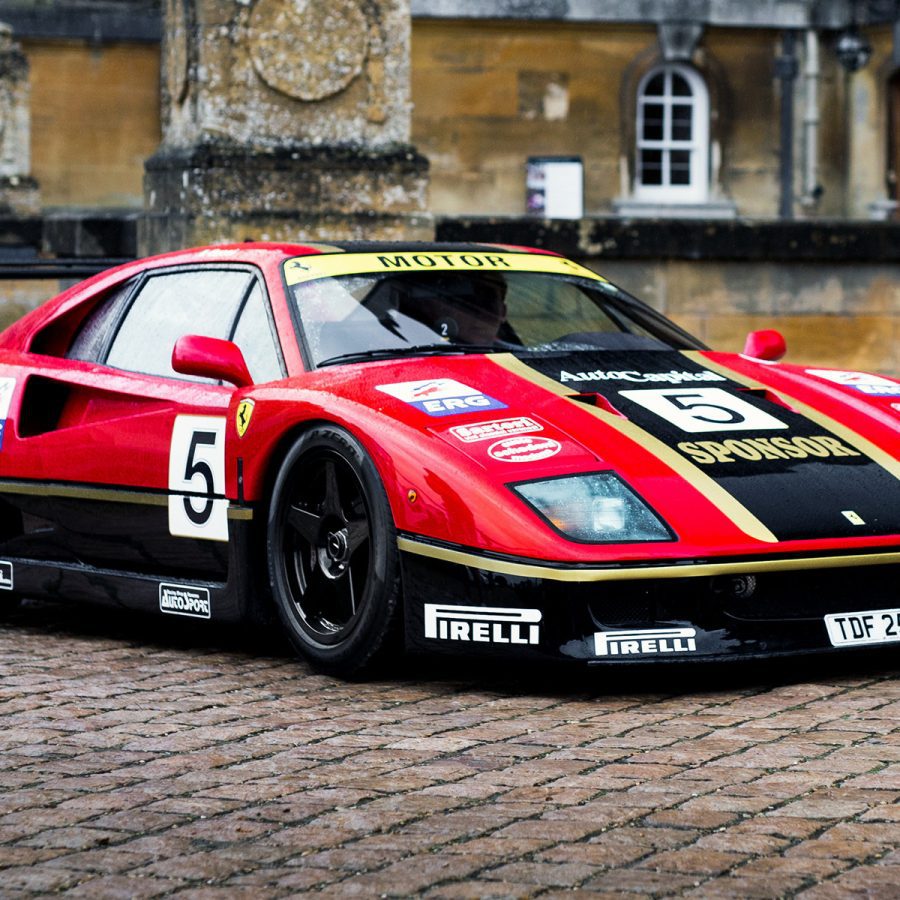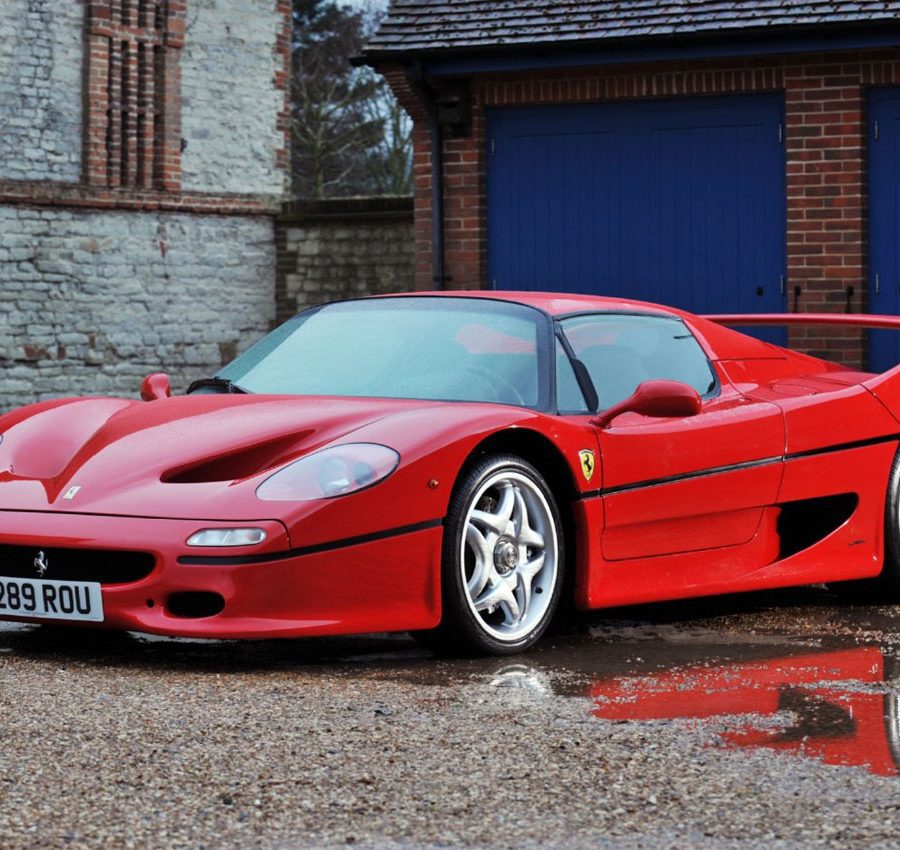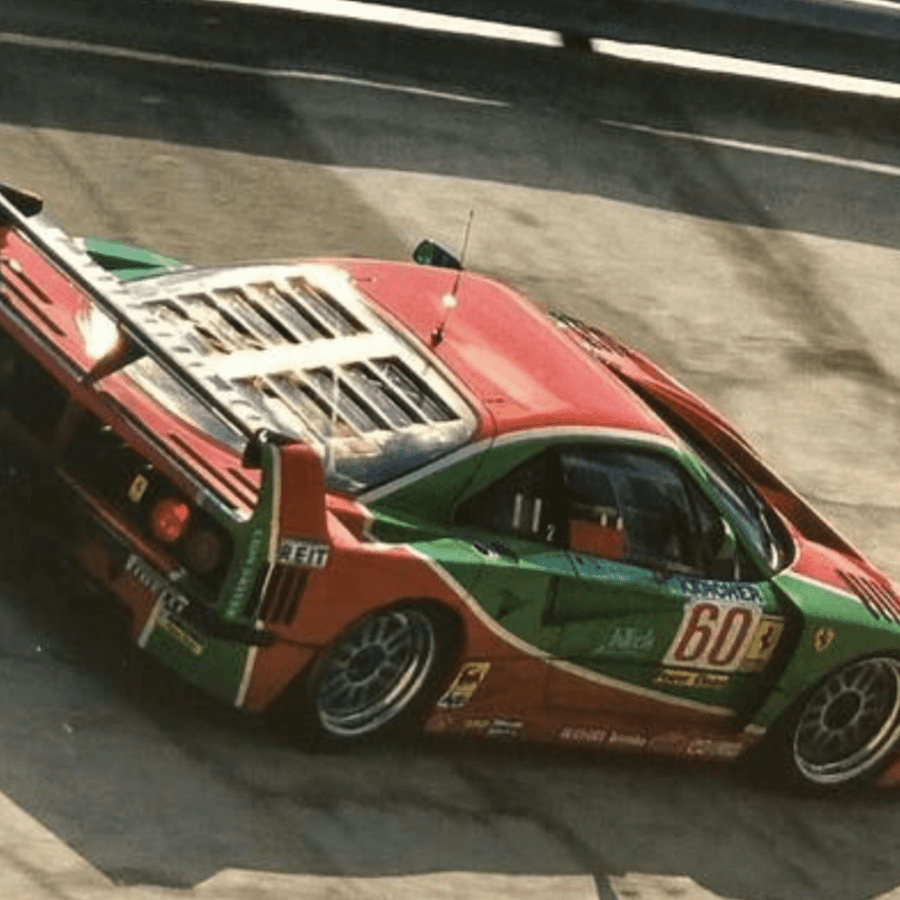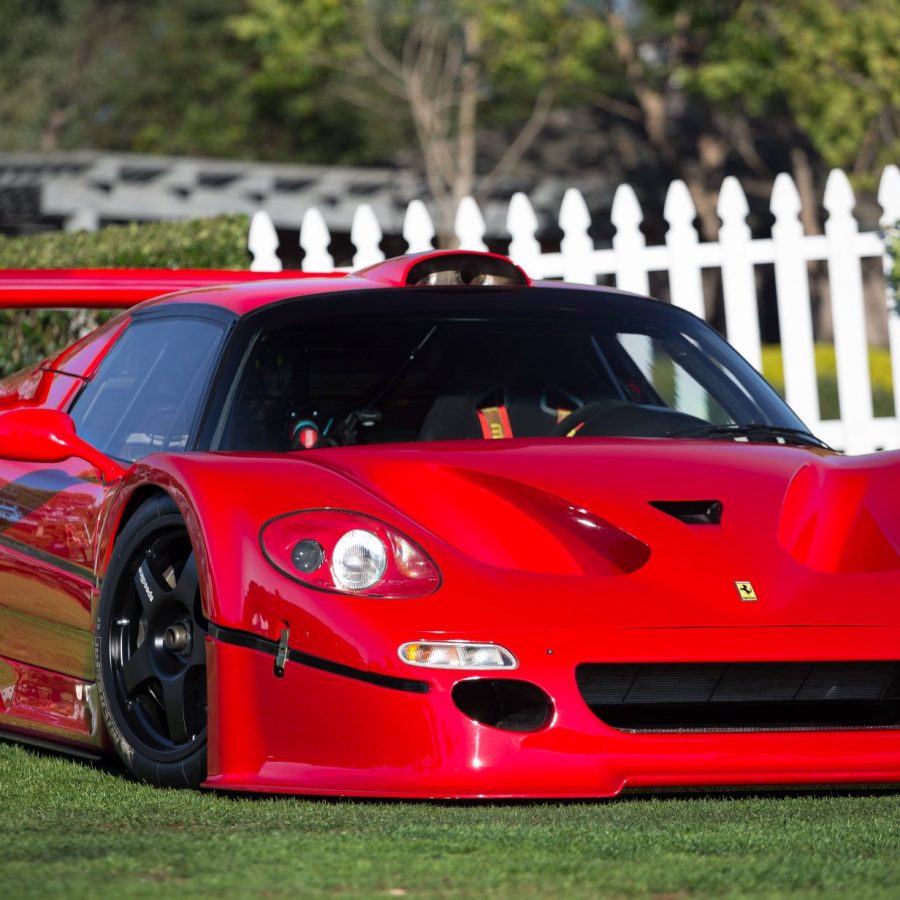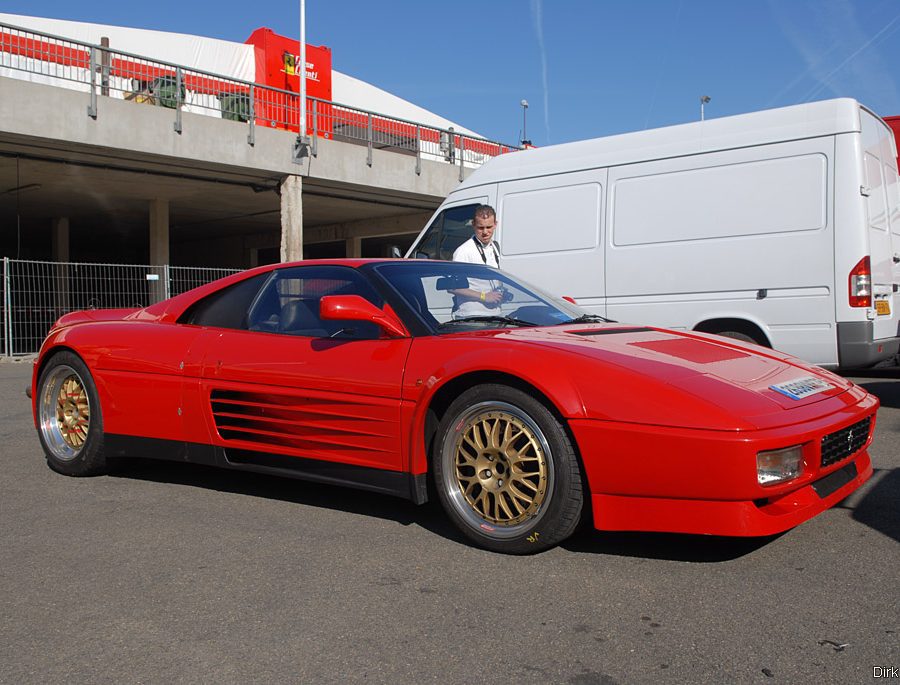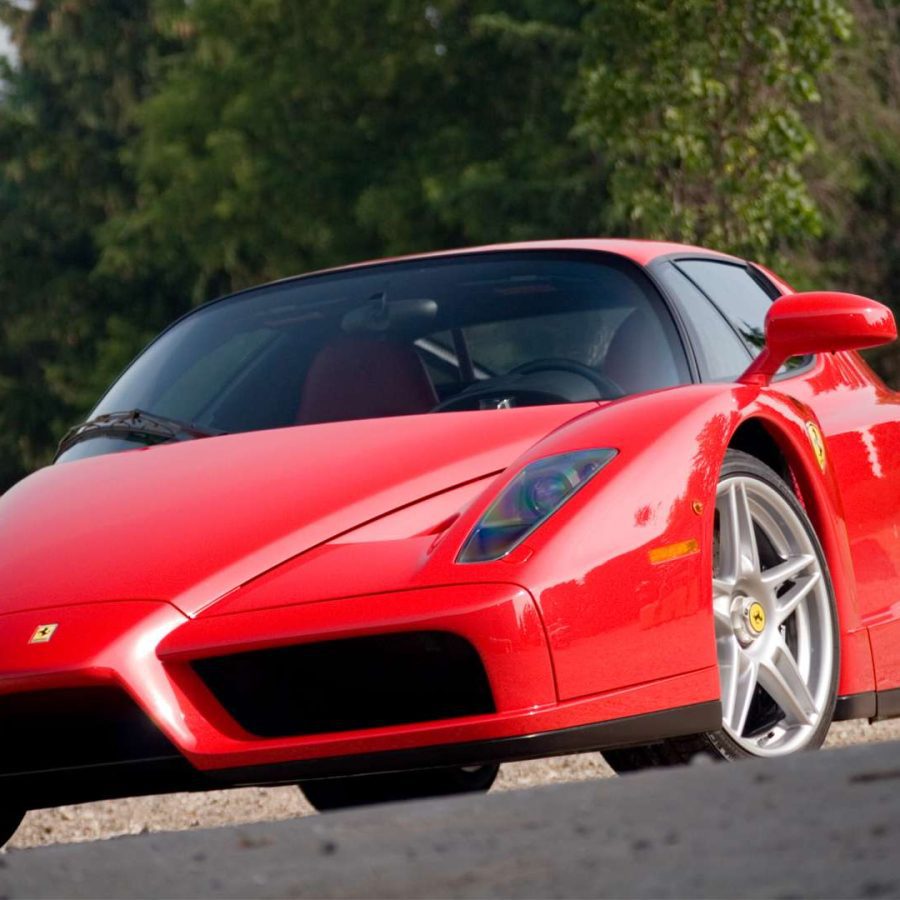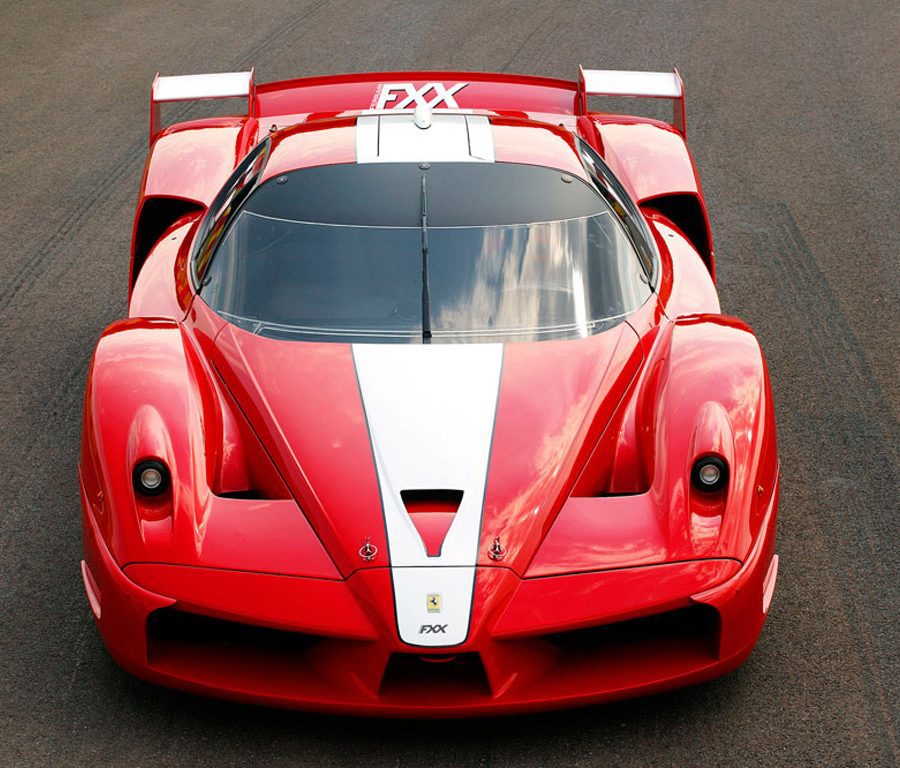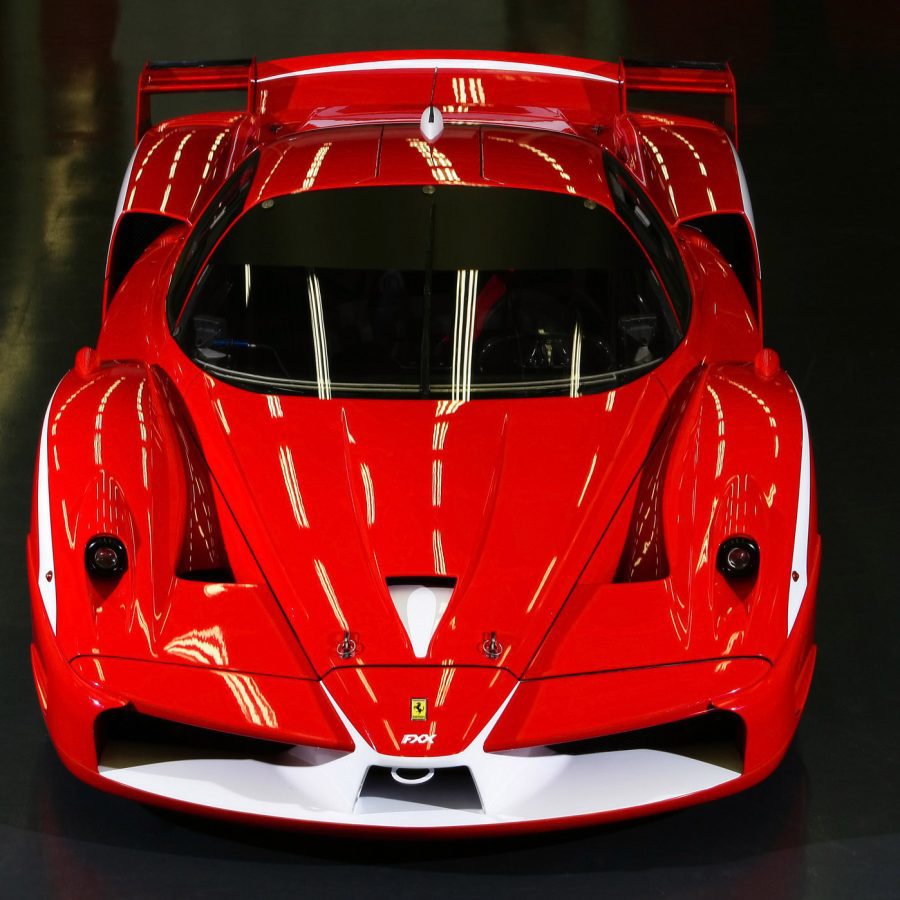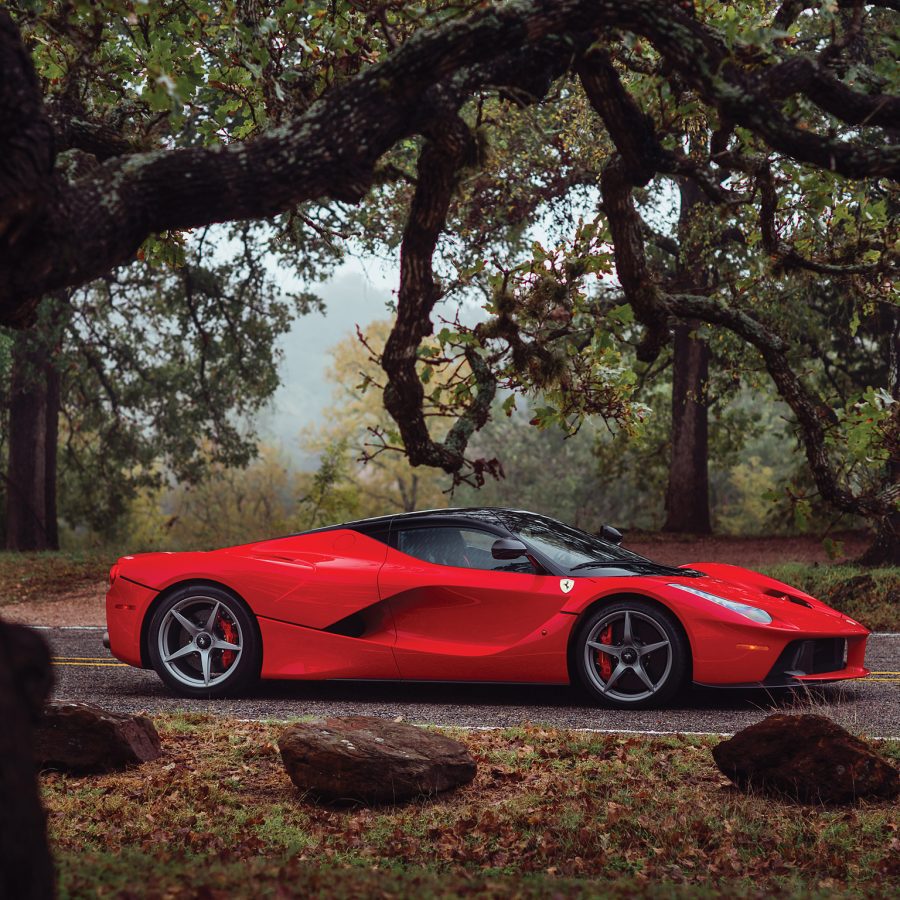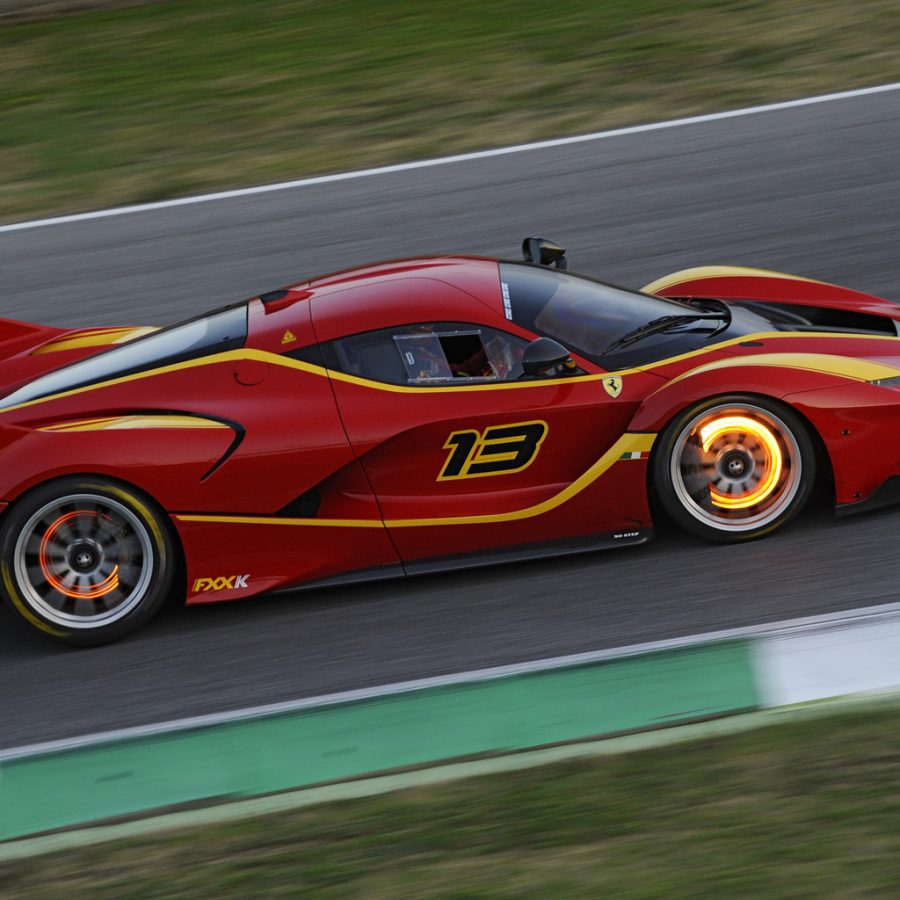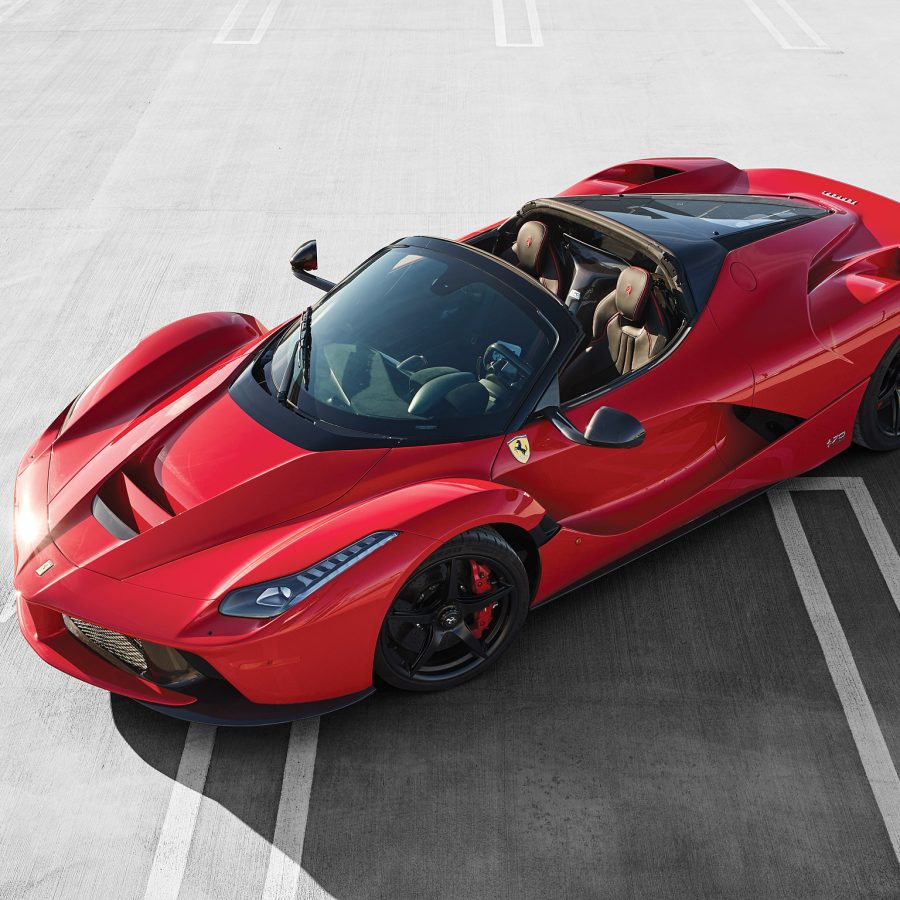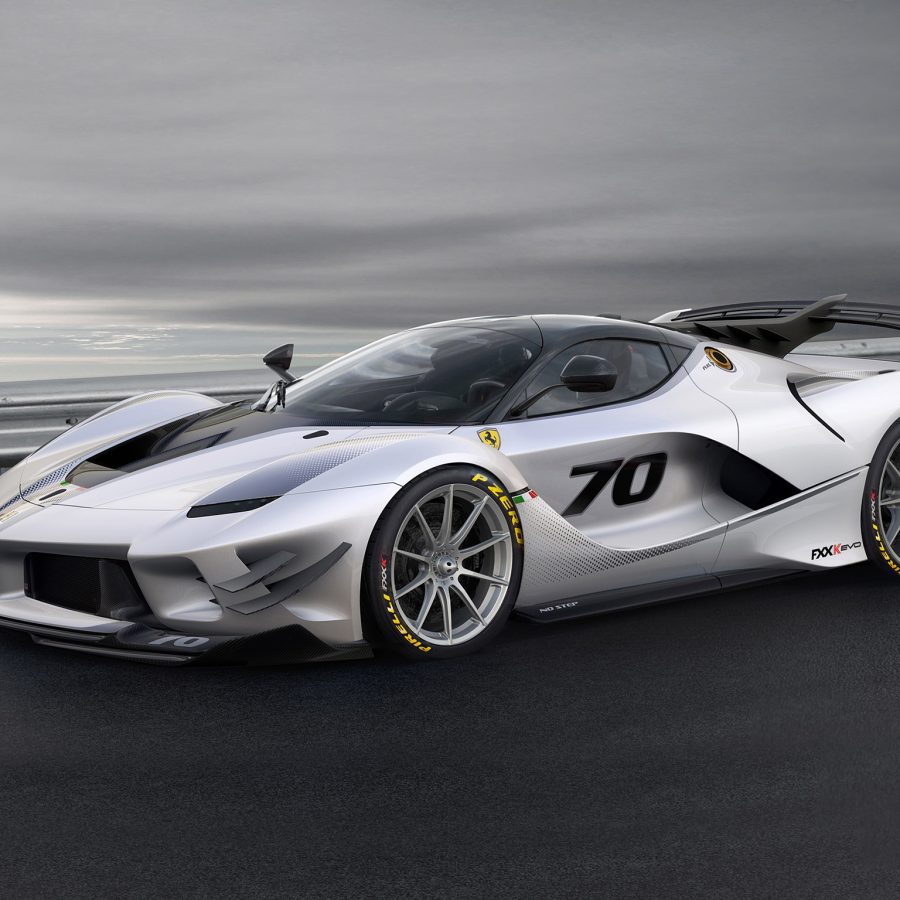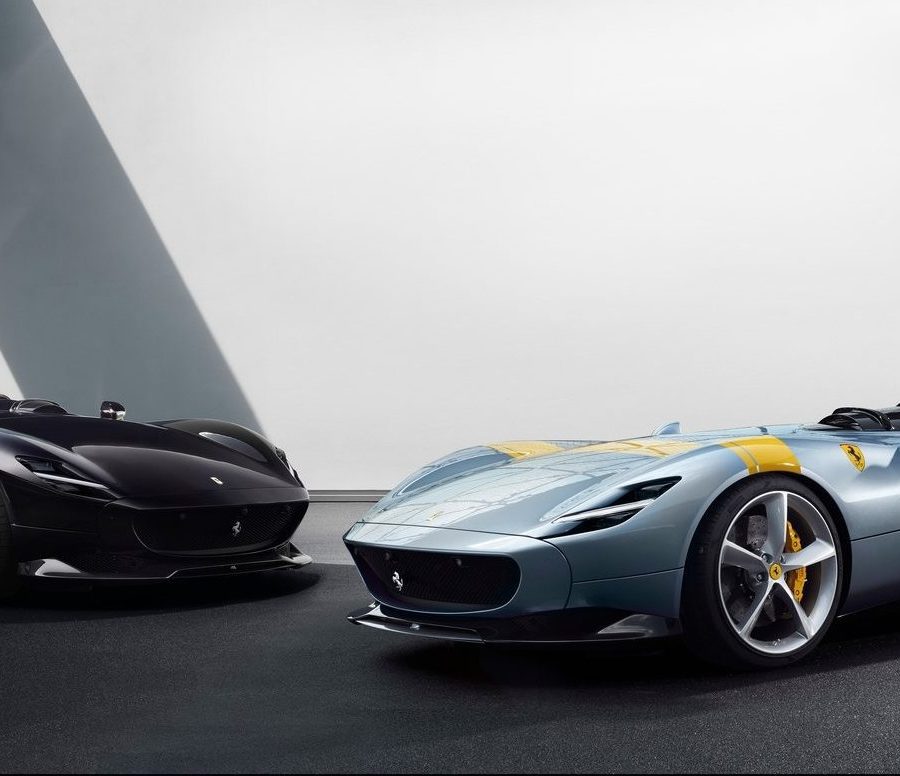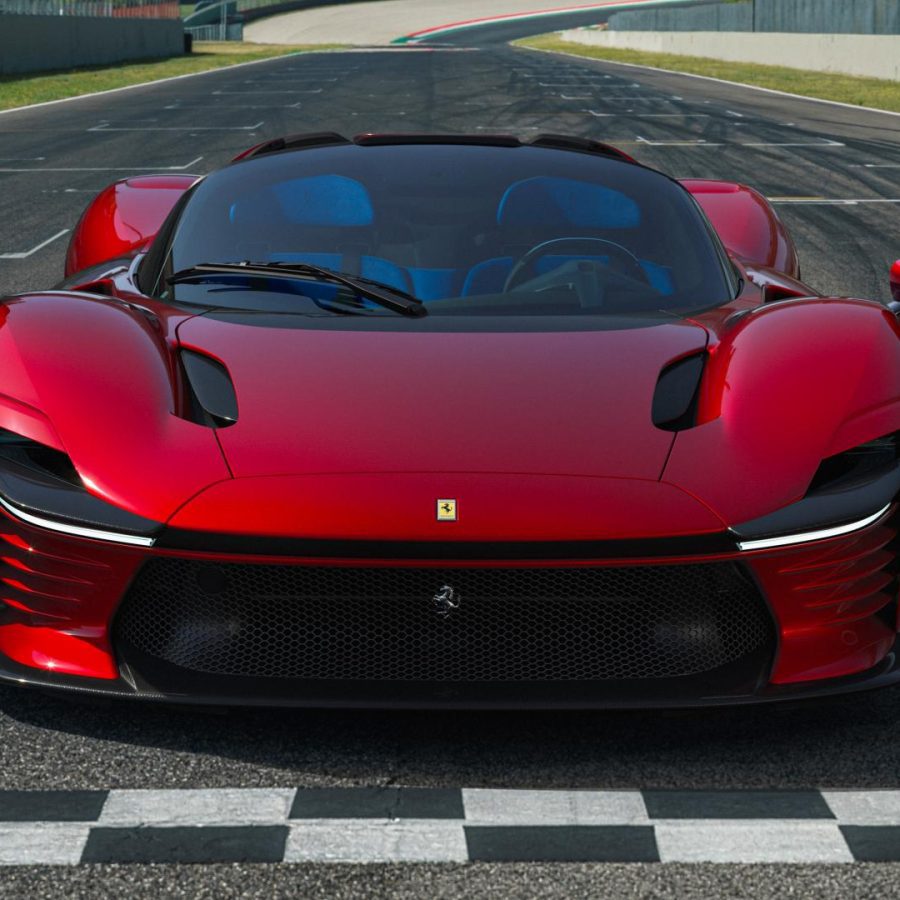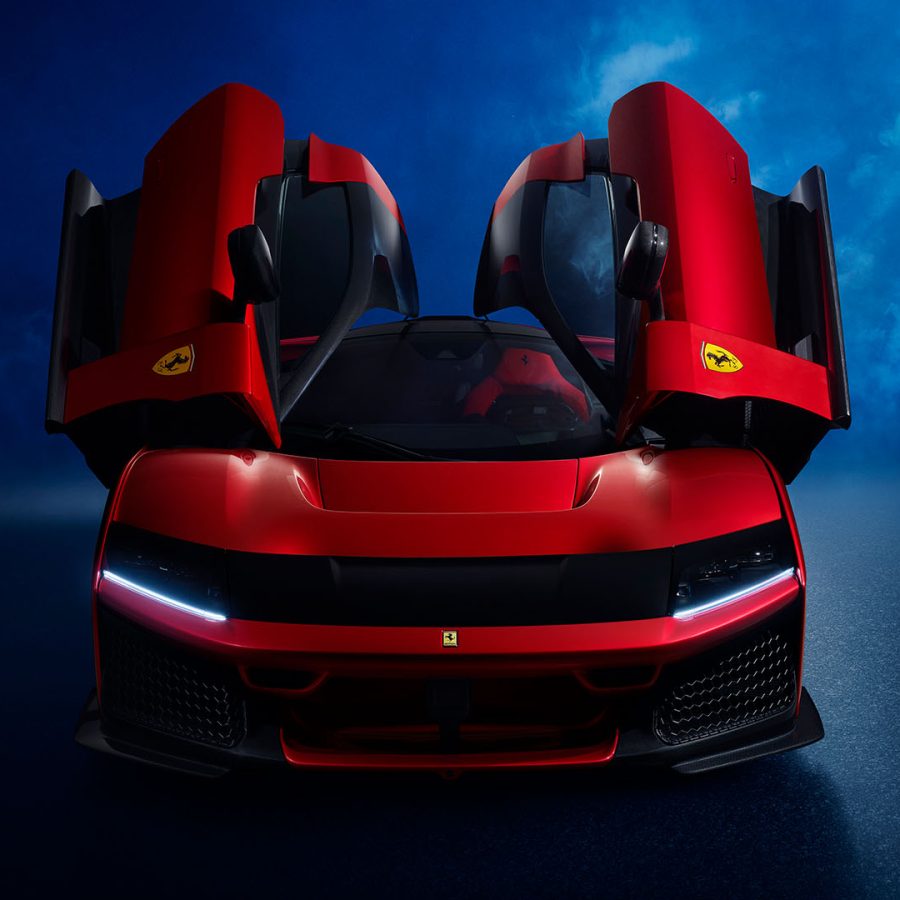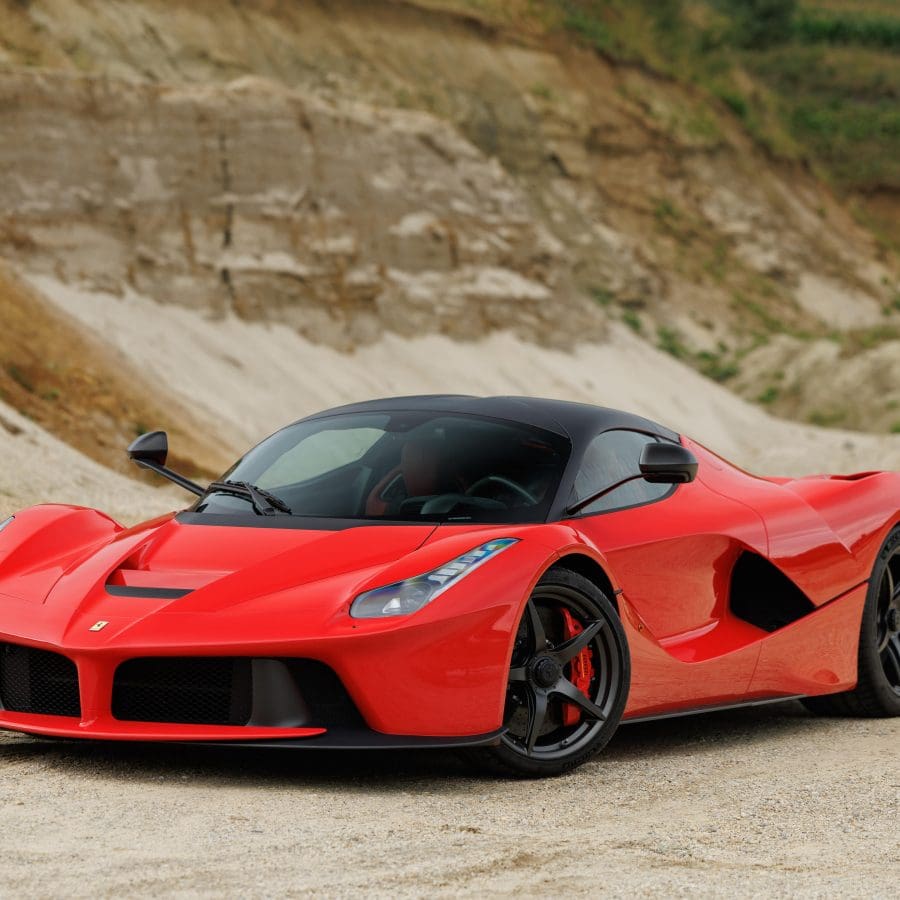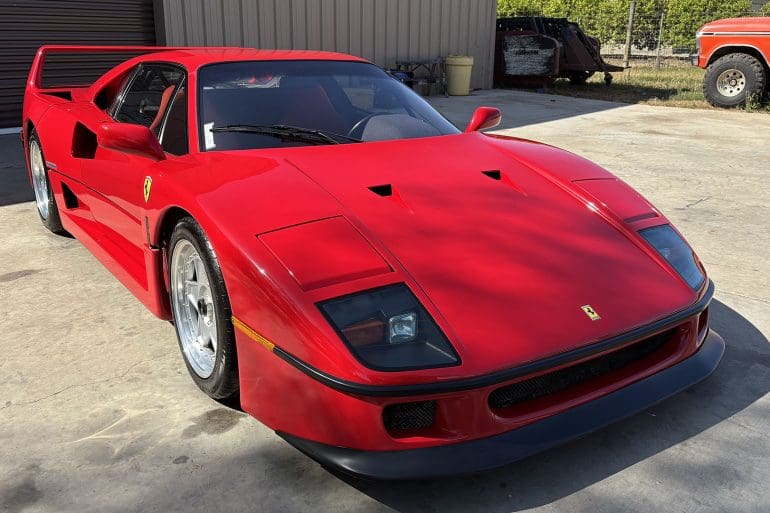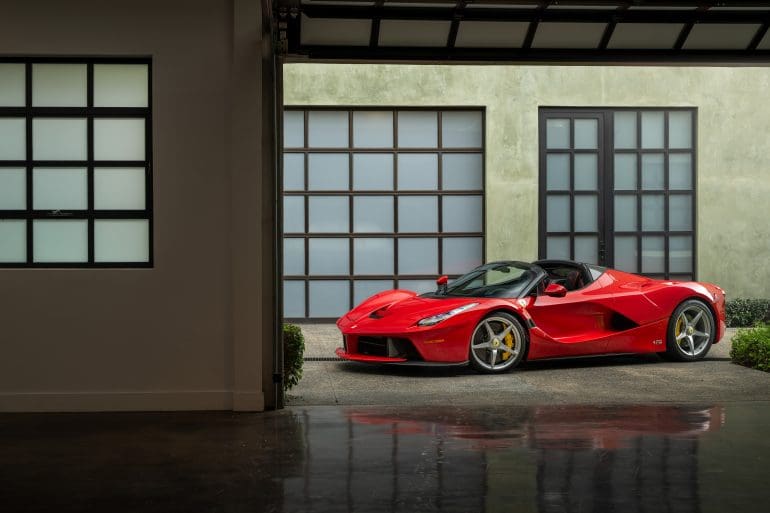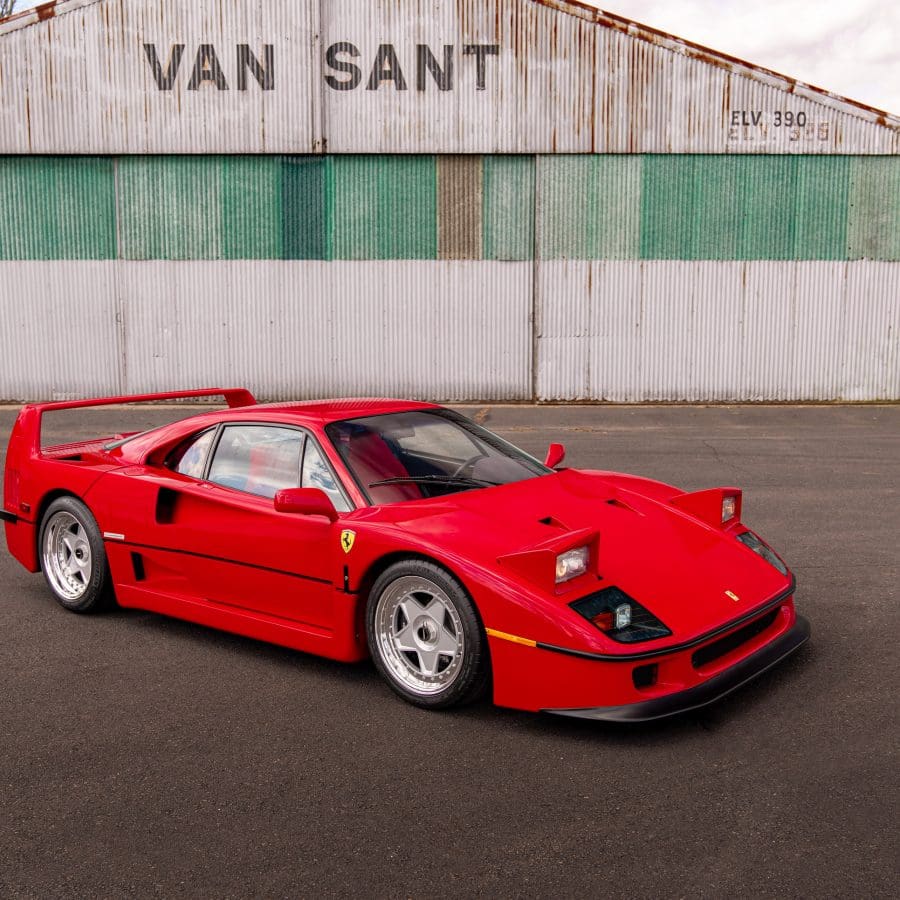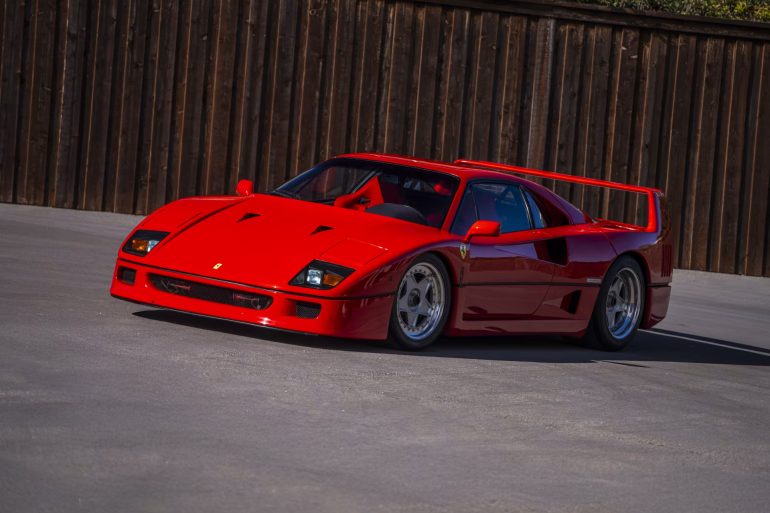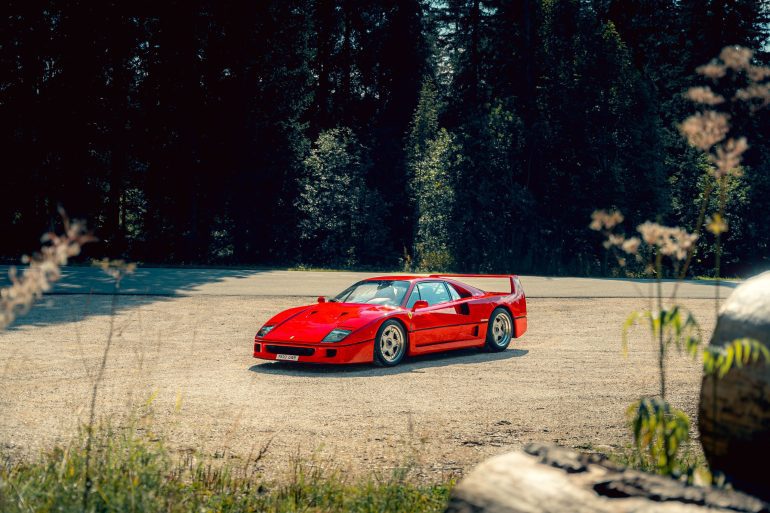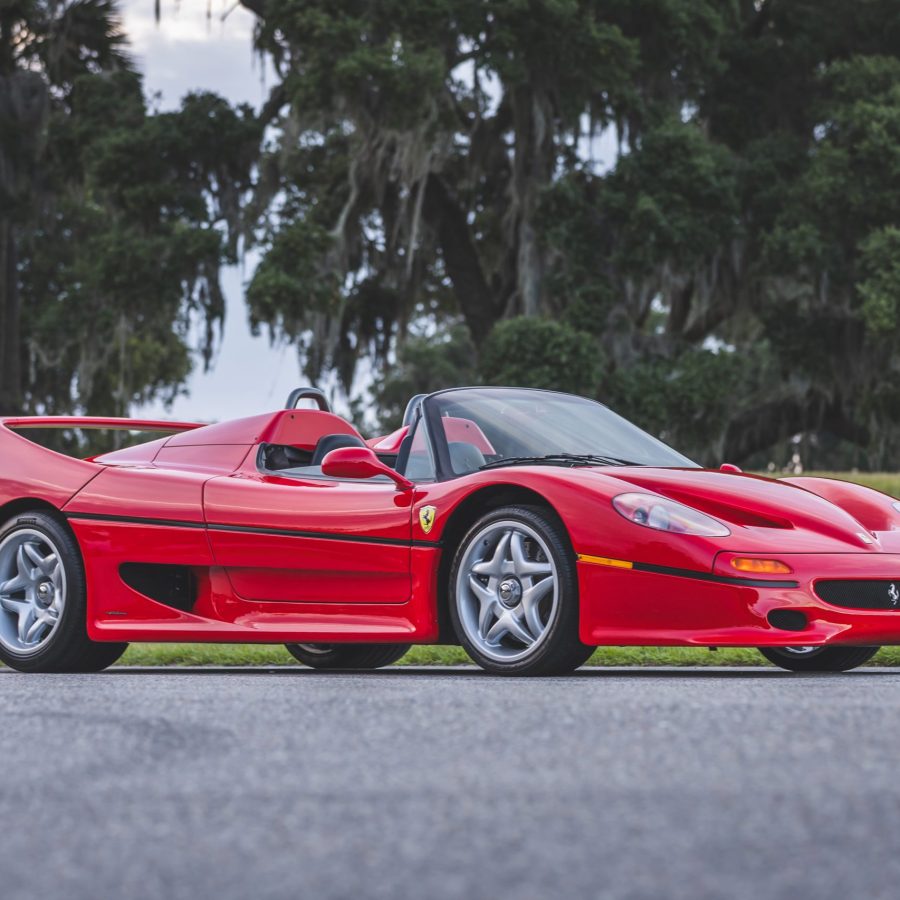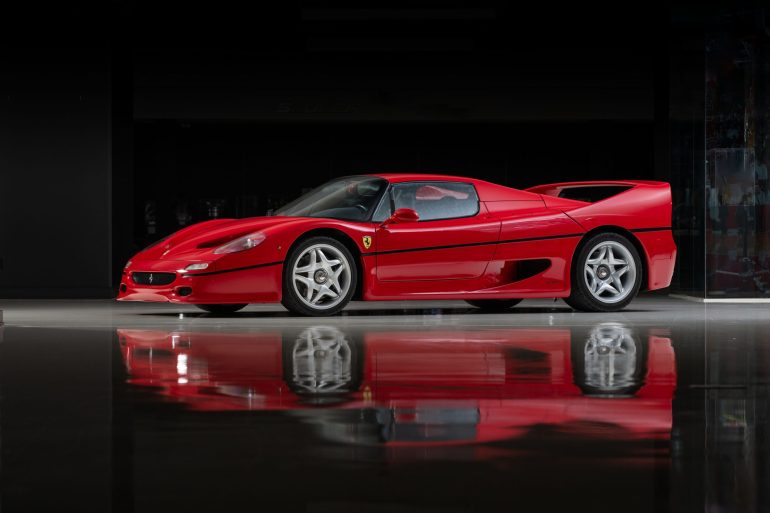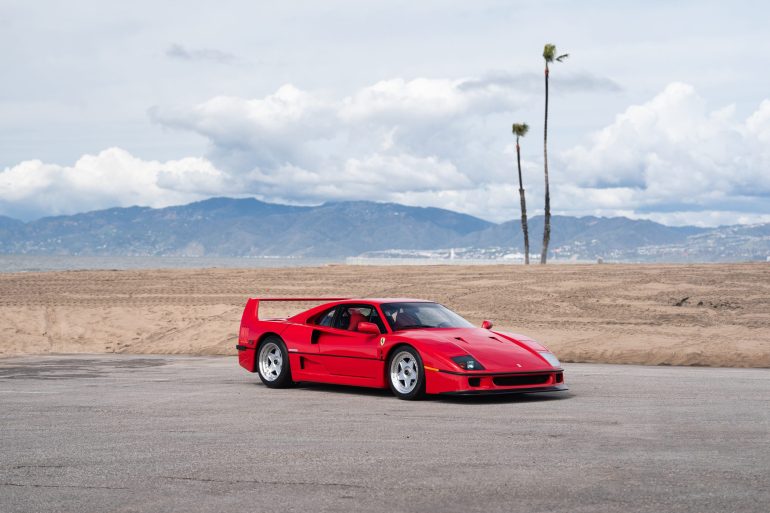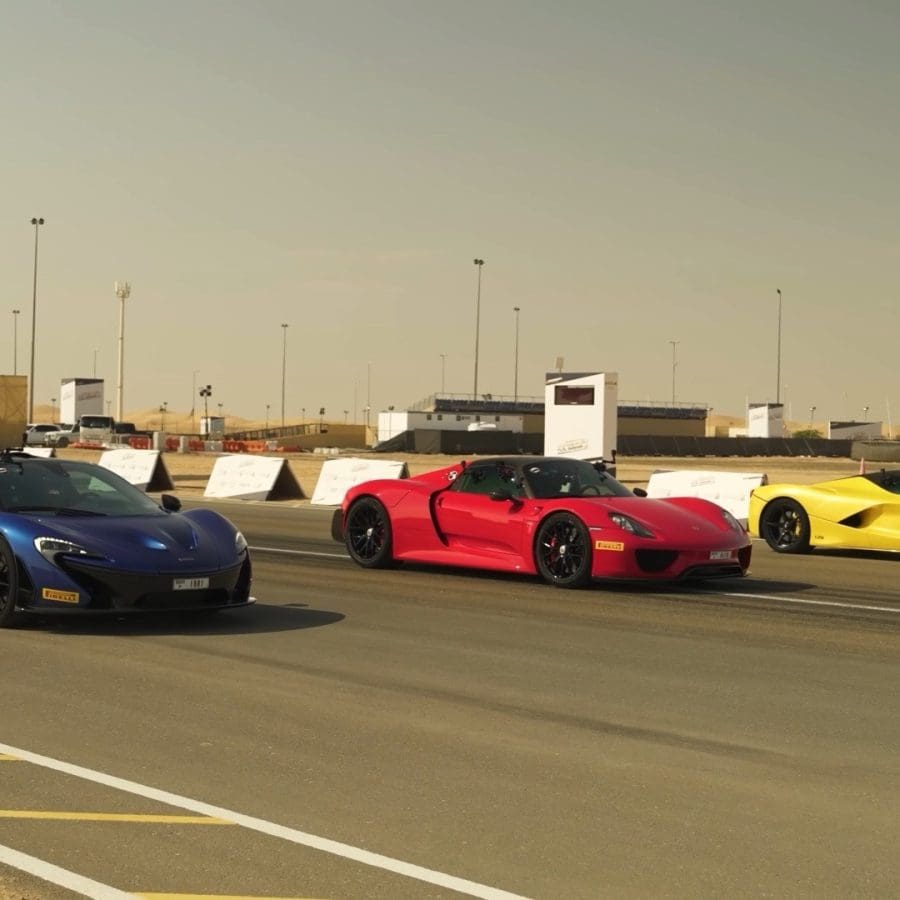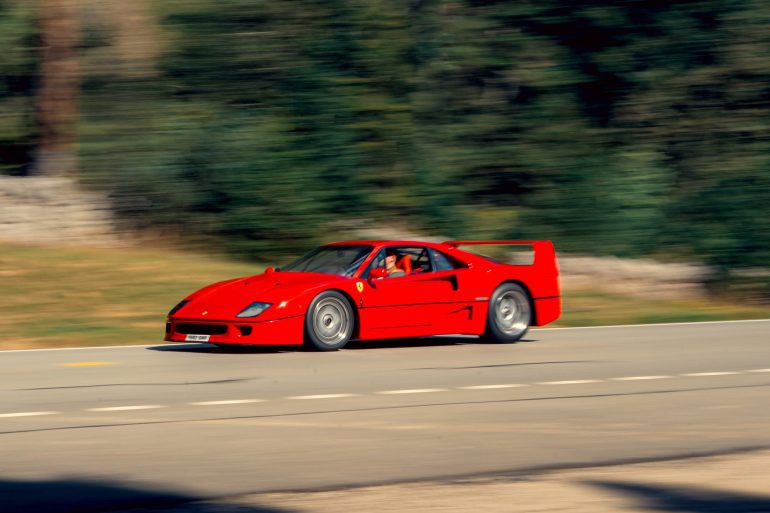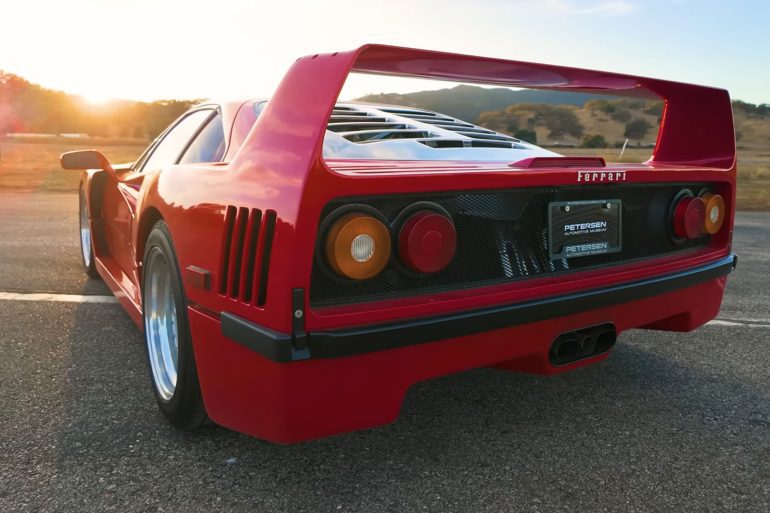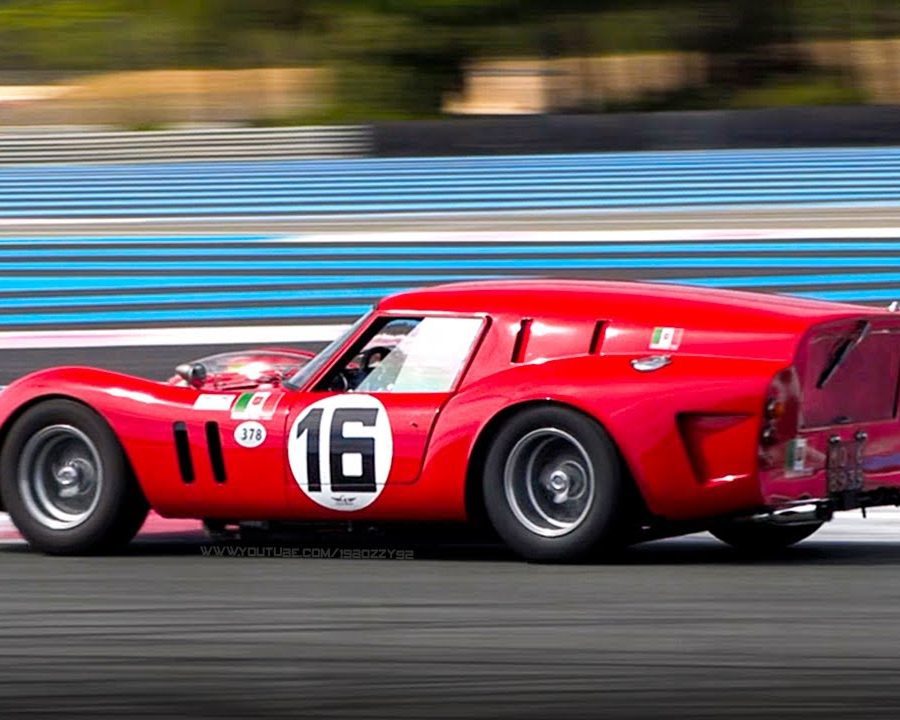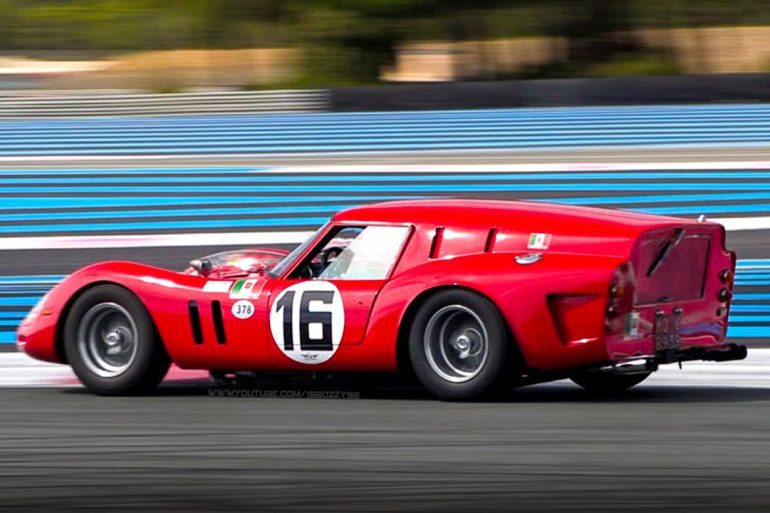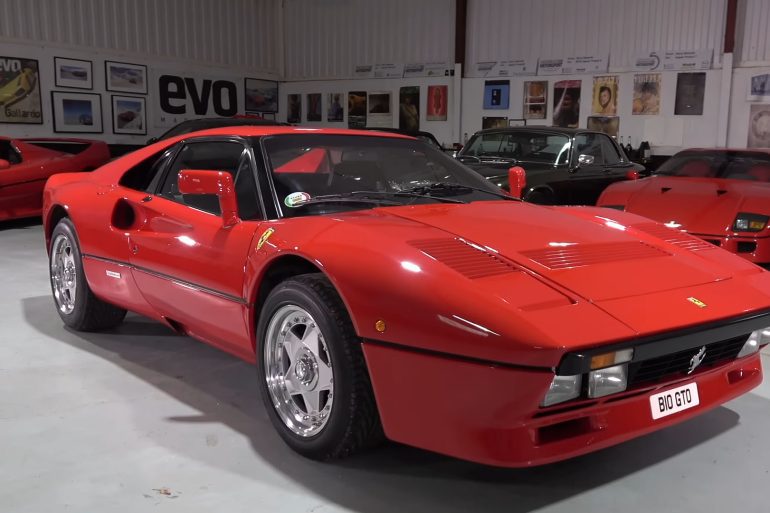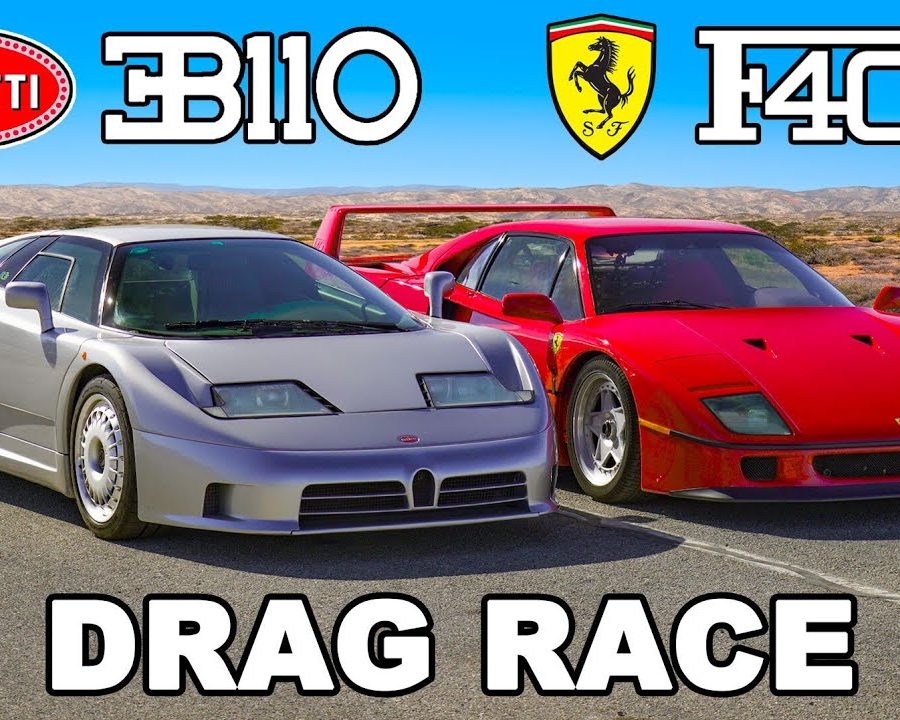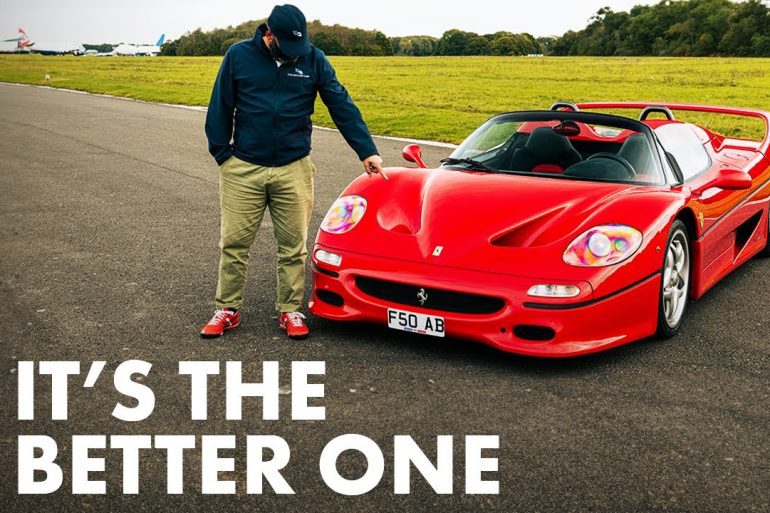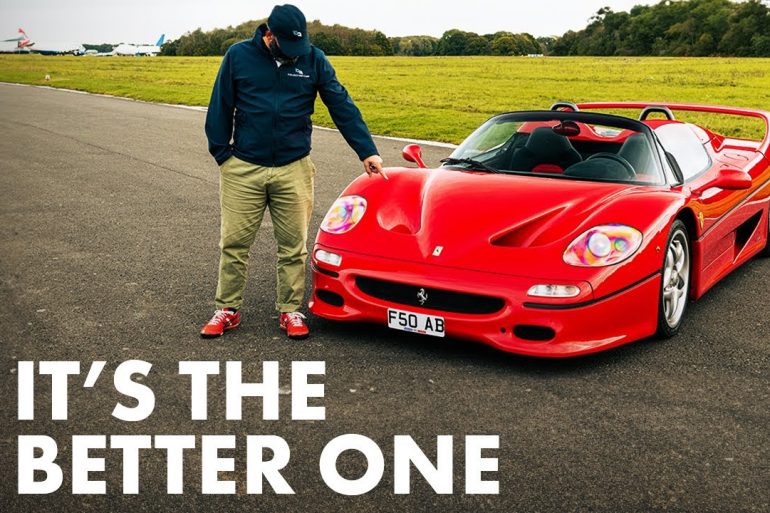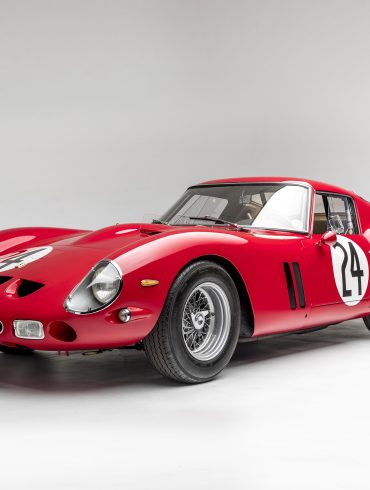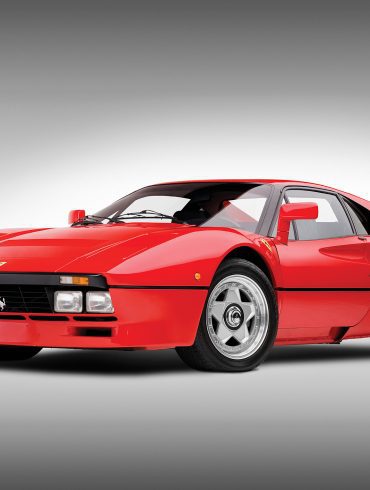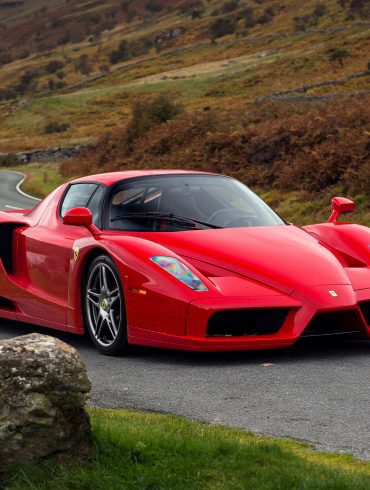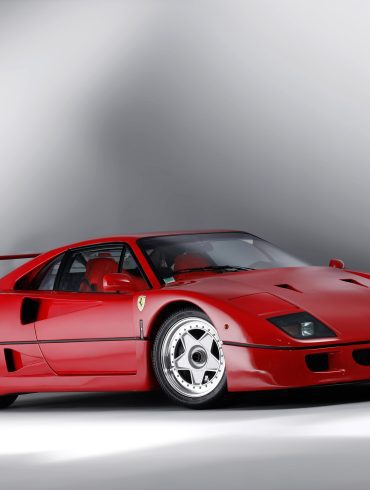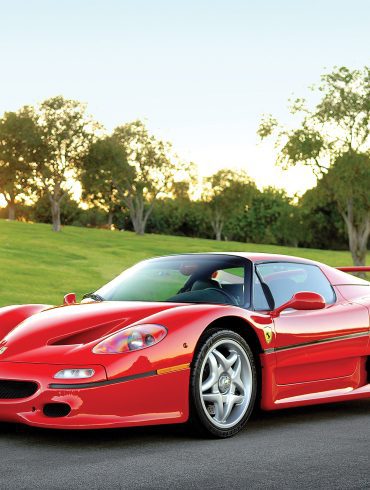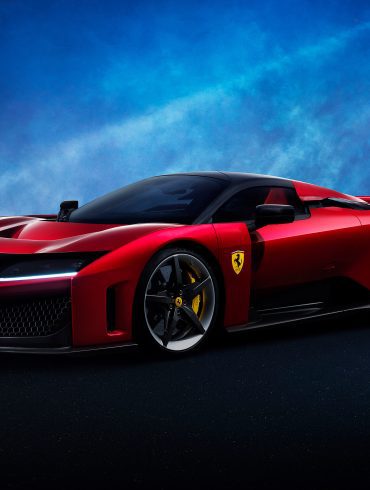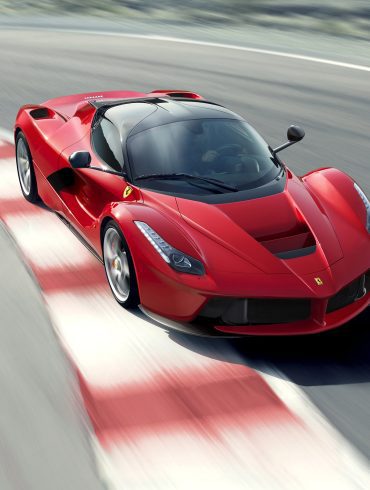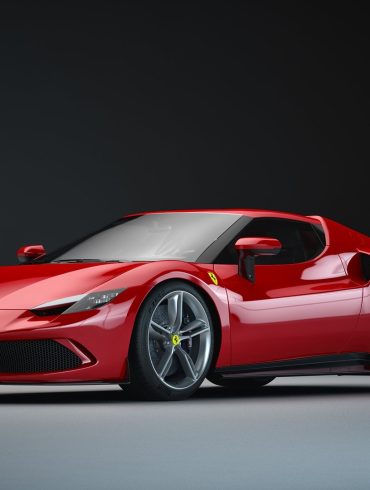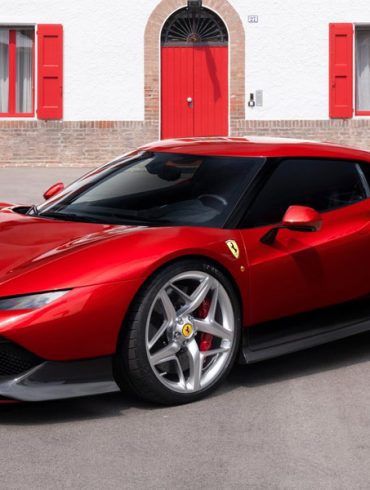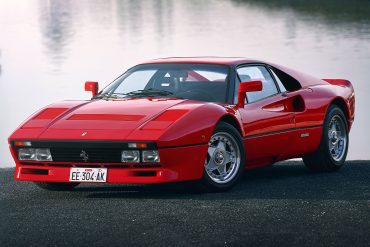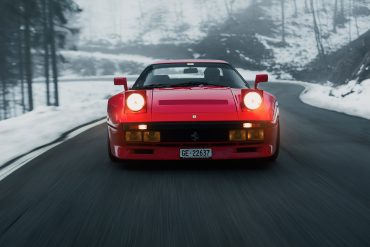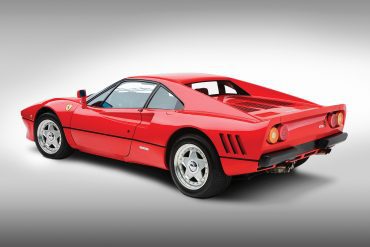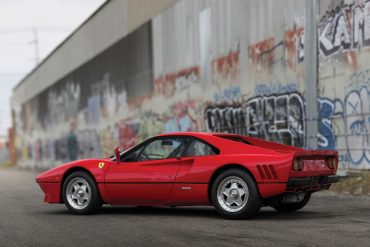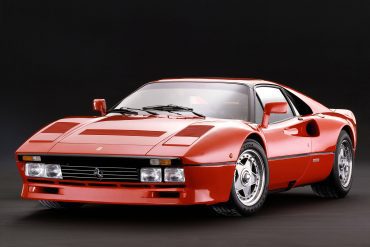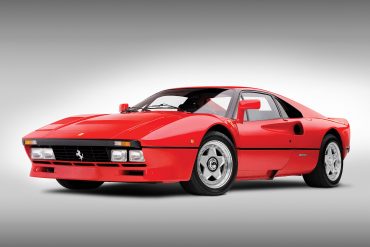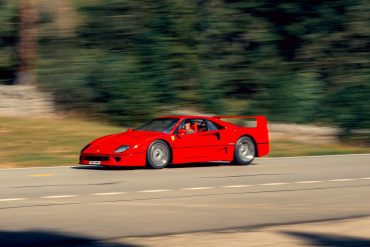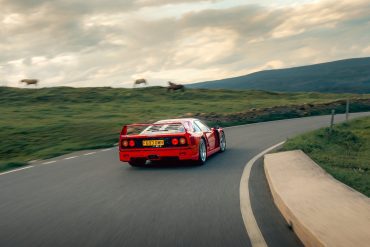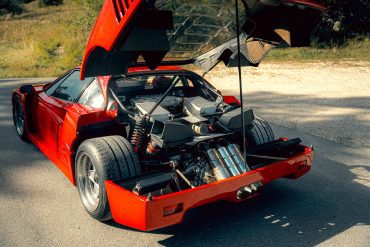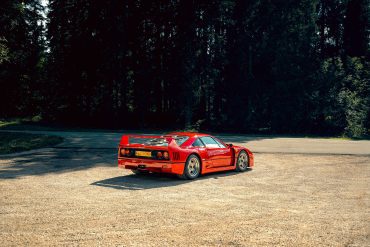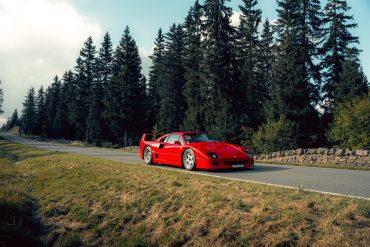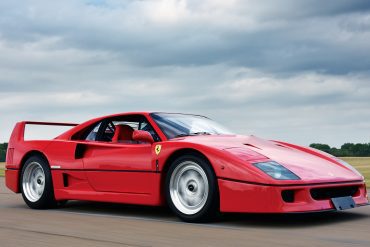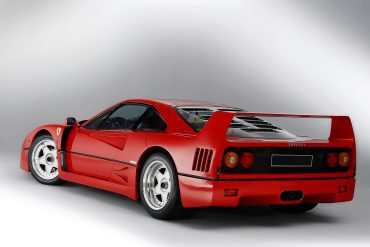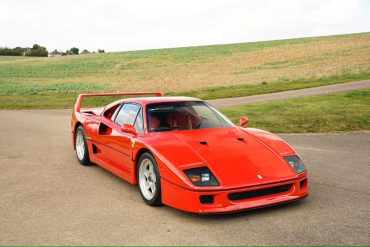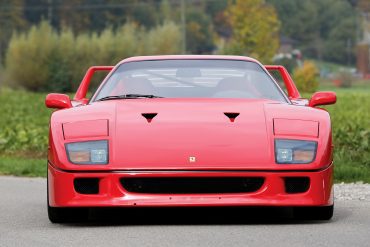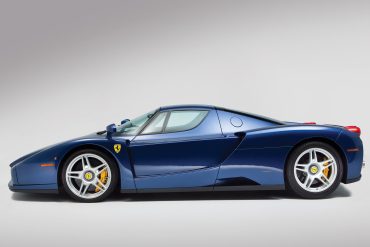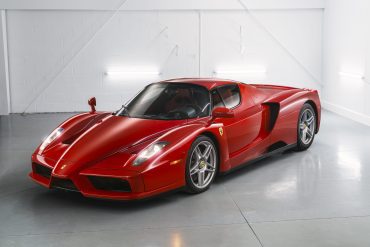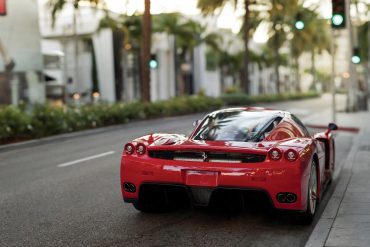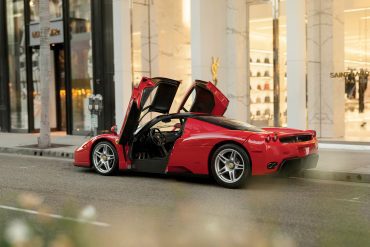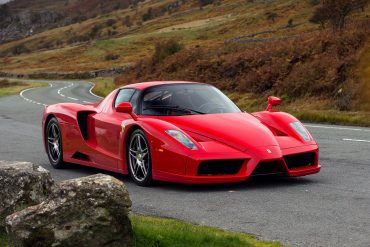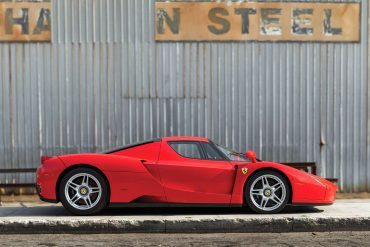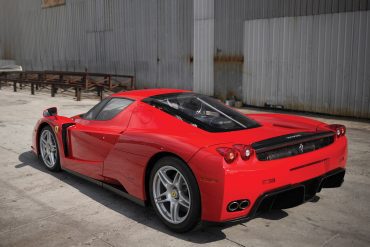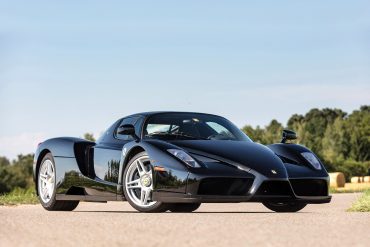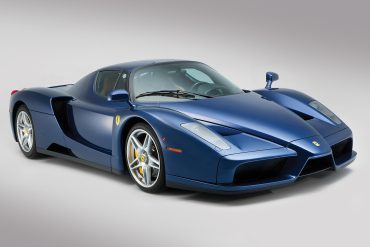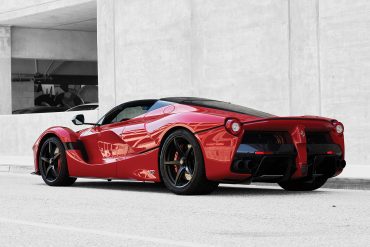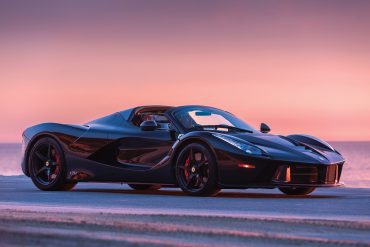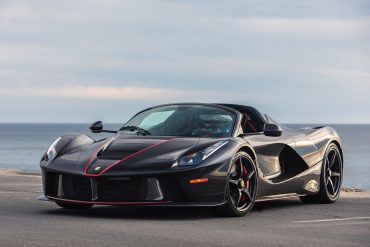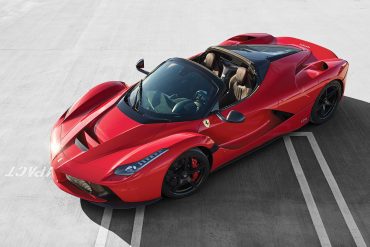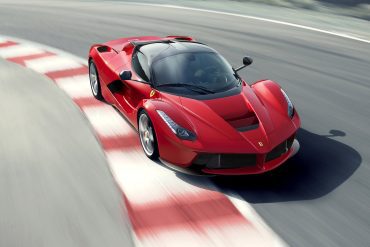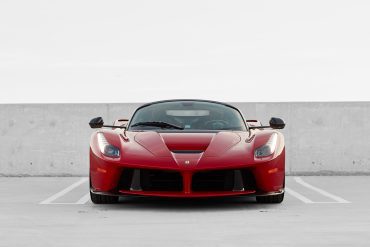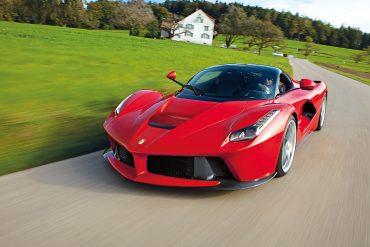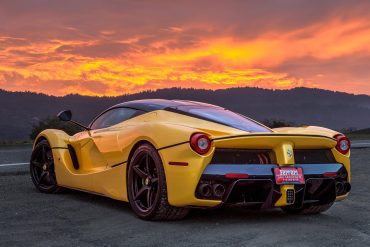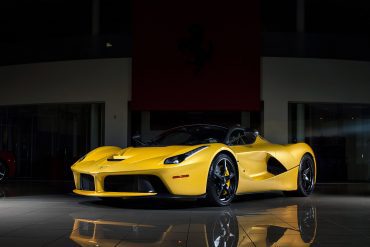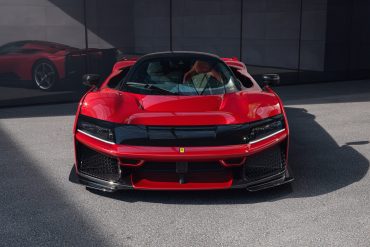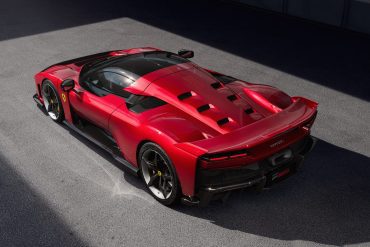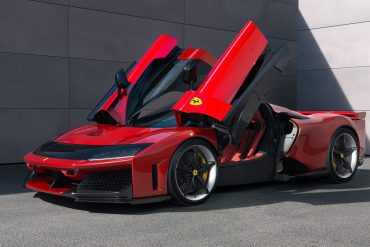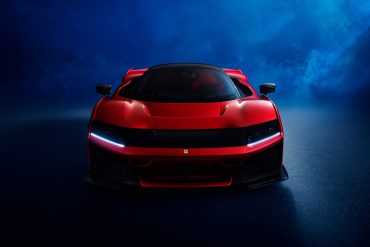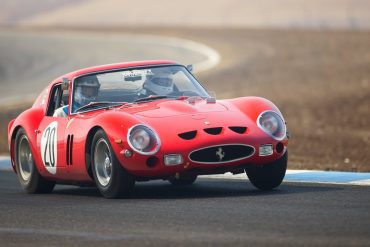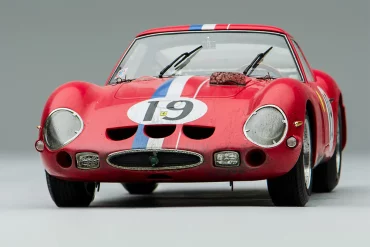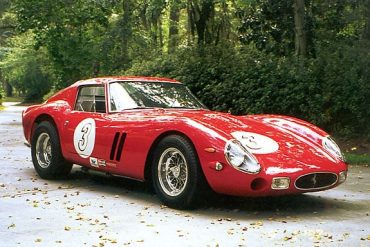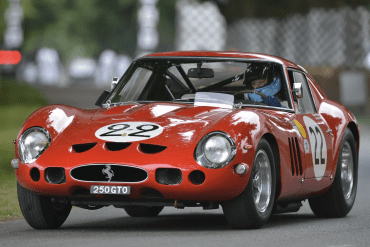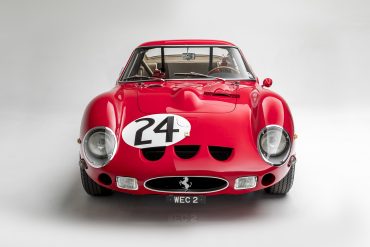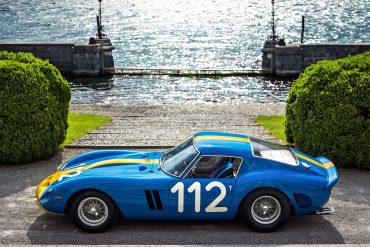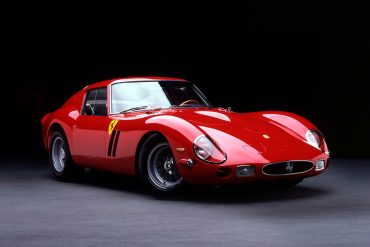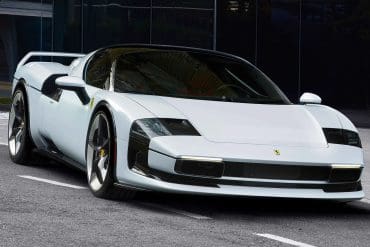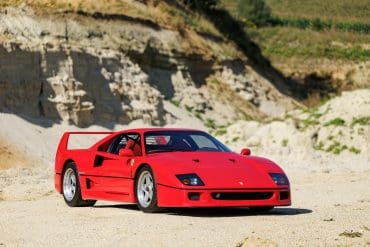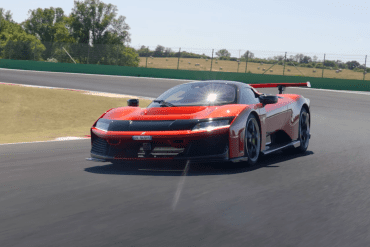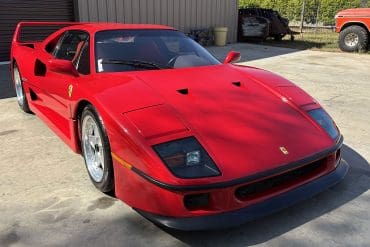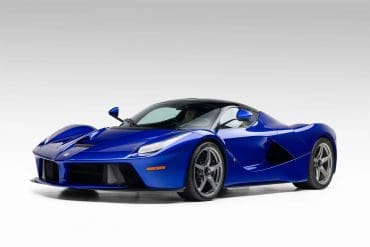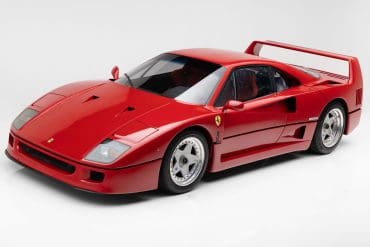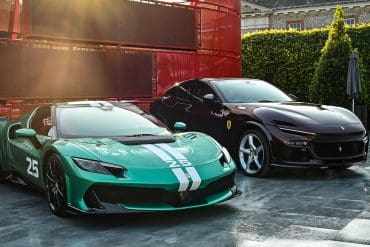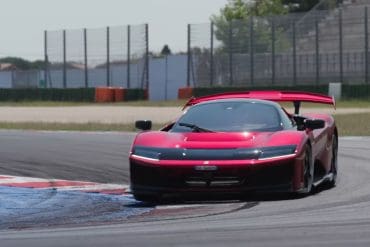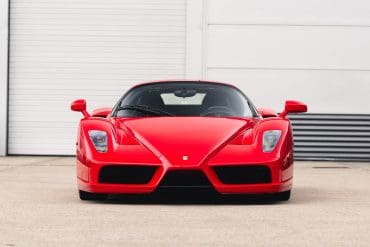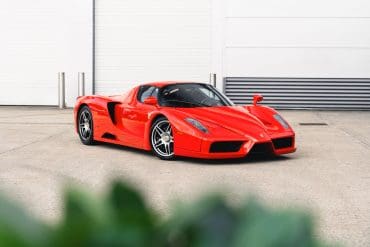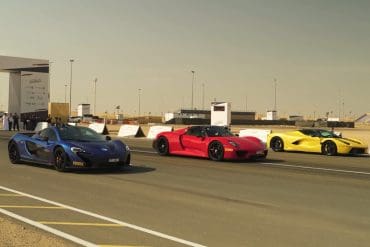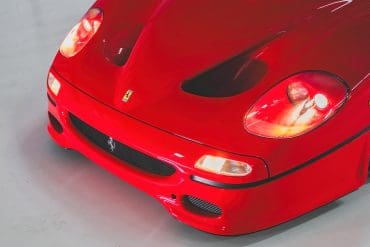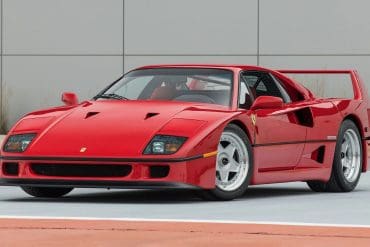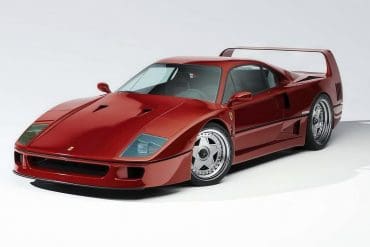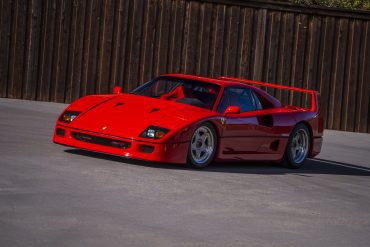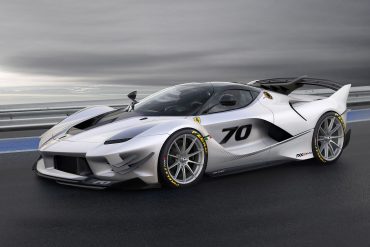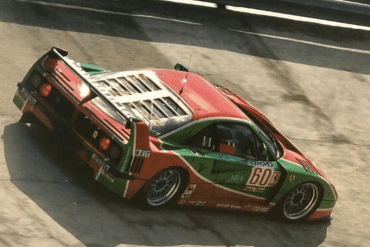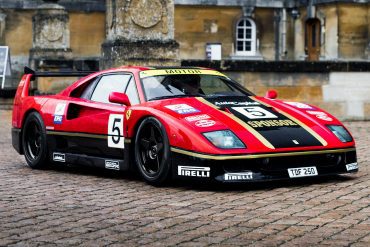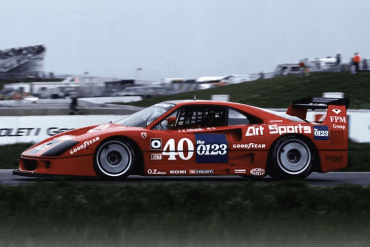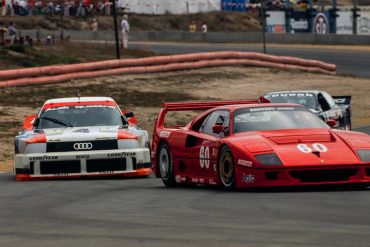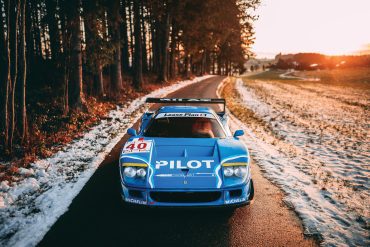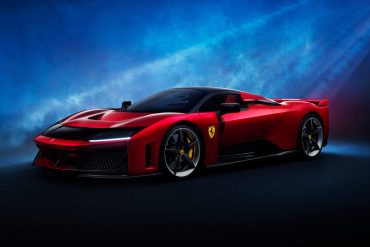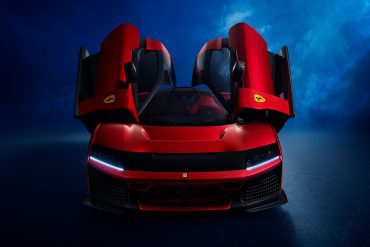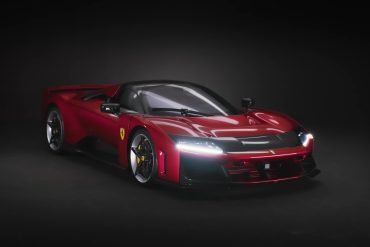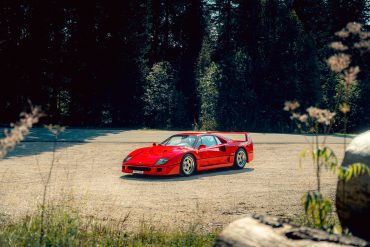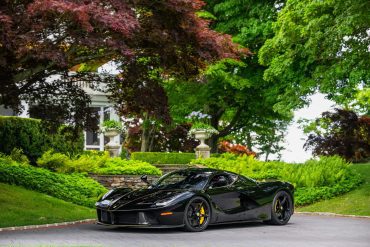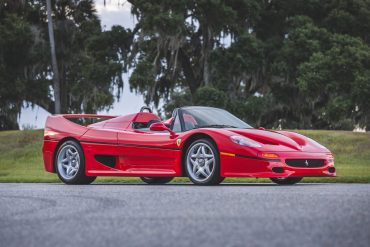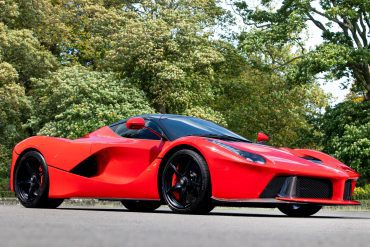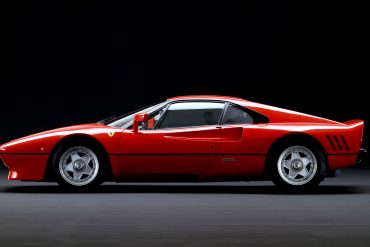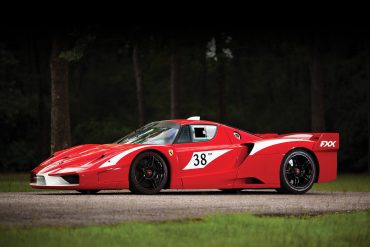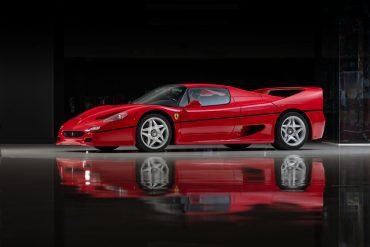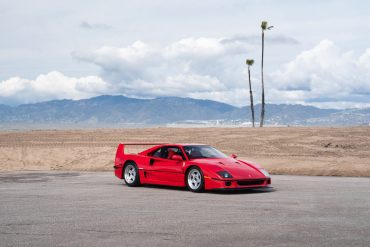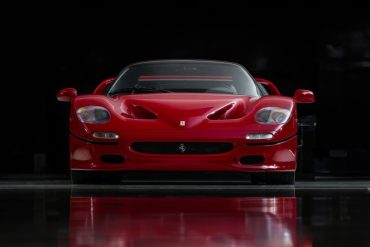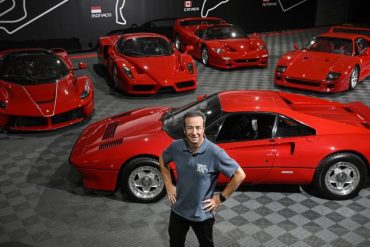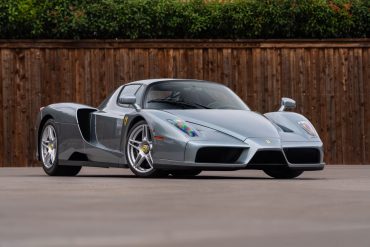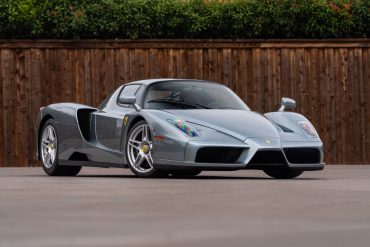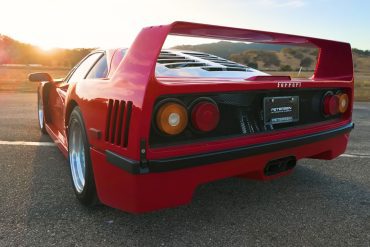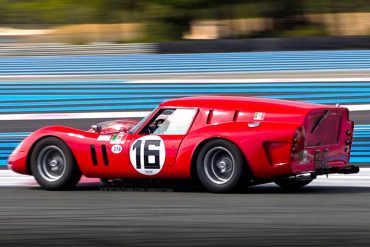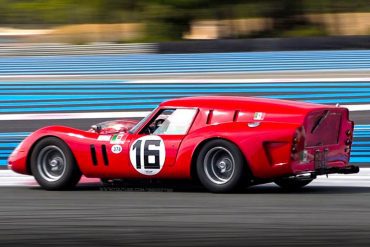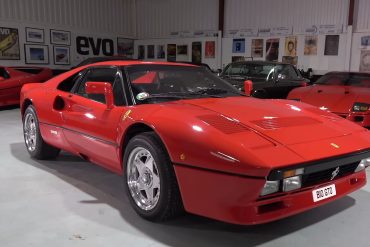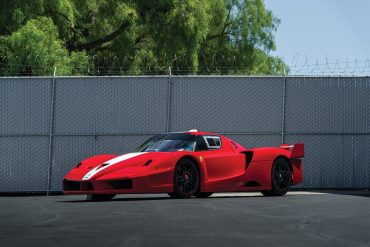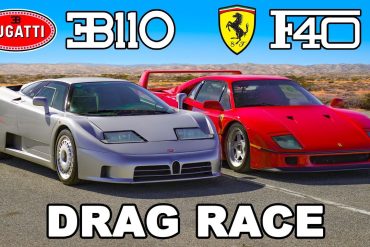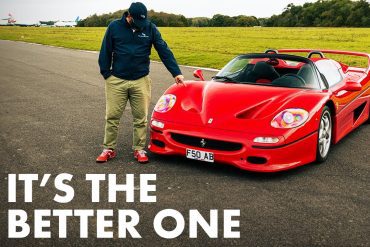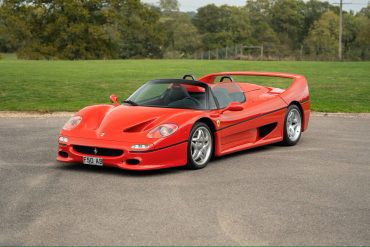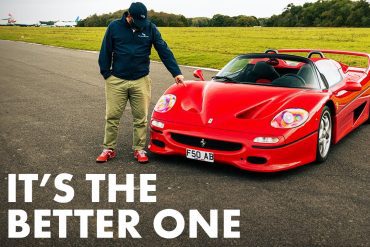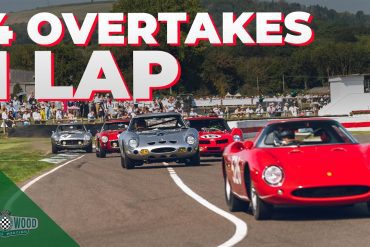Ferrari Supercars & Hypercars
The Ultimate Guide to the Pinnacle Cars
Embark on a thrilling journey through the evolution of Ferrari's ultimate performance machines with this comprehensive guide to the pinnacle models that defined generations. From the legendary 250 GTO to the groundbreaking LaFerrari, explore the history, engineering, and design of these automotive icons that represent the pinnacle of speed, technology, and passion.
Overview / Models In-Depth / Featured Stories / The Market / Videos & Images / More Updates
Ferrari Supercar & Hypercars - The Top of the Ferrari Totem Pole
Supercars are the pinnacle of automotive performance, design and technology. Our friends at Ferrari are no strangers to building some of the most desirable supercars ever. Each decade or so we see a new Ferrari supercar at the top of the automotive world and they are absolutely amazing, every single one of them.
Ever since the FIA refused to homologate the 250 LM in 1964, Ferrari have focused their motor sport efforts on Formula One. After the sixties, this transition largely contrasted Ferrari’s factory race cars from their road cars. To bridge this engineering gap, Ferrari have offered limited production road cars which both reflect Formula One technology and pay for Formula One efforts.
After the 250 GTO, the first special-series Ferrari road car was the 288 GTO. Like the original, the 288 GTO was homologated for racing. This time Group B rally was the target and five distinct GTOs were prepared. Unfortunately, the Group B series ended in 1987 without a 288 GTO ever seeing action.
Following the 288 GTO, a second limited production road car was built. Motivated by the 288 GTO Evolution, the F40 was released to celebrate Ferrari’s fortieth anniversary. The car was packed with racing technology including twin IHI turbochargers, a Kevlar reinforced steel space frame and composite body panels. Its performance figures from zero to sixty and top speed remained hard to beat even ten years after production. Initially only 279 cars were to be built, but with such a high demand over 1300 examples were sold.
For Ferrari’s fiftieth anniversary, another limited production supercar was planned. Following the release of a car like the F40 was no easy task and the F50 had to impress. Adopting Formula One technology would be a major selling point for the F50. The F50 dropped the turbocharged V8 engine in favor of a high-revving V12, itself a development of Ferrari’s contemporary Formula 1 engine. The F50 was criticized in some quarters for its harsh engine and tricky driving dynamics, but it again represented distinct progress for this Ferrari model line.
Next up with the Ferrari Enzo, again a celebration of Ferrari's hard work in Formula One. Built in Maranello and tested around Fiorano by both Michael Schumacher and Dario Benuzzi, the Enzo was built from a wealth of talent within Ferrari. It was also Ferrari's last naturally aspirated V12 supercar.
The Ferrari LaFerrari came along as the latest in this long line of spectacular Ferrari supercars, and immediately introduced the term "Hypercar", along with the McLaren P1 and Porsche 918 when released in 2013. With an hybrid powertrain and a laundry list of advanced technology and electronics, many feared it would be fast but lack in fun factor. They were wrong, Ferrari nailed. Since then we have seen cars like the Ferrari SF90 and Ferrari Monza SP1 and SP2 claim to be hypercars, but the truth is that they aren't special enough, they aren't true Ferrari supercars. We just know one when we see one.
In late 2024, Ferrari announced a new performance flagship model called the F80, and instead of a howling V-12 engine you'll find a twin-turbo V-6 plug-in hybrid powertrain under its exotic-looking bodywork. That plug-in-hybrid powertrain boasts 1184 horsepower and is said to be capable of launching the F80 to 62 mph in as little as 2.2 seconds. Active aerodynamic elements, an eight-speed dual-clutch automatic transmission, and an active suspension system have all be specially tuned to unlock the F80's envelope-pushing performance.
Did You Know?
Believe it or not, the 288 GTO was initially designed for Group B rallying! Sadly, the Group B class was canceled before the car could compete, but it gave us this road-going legend.
The F40 was all about raw performance. It had no carpets, no door handles, and no sound system. Just pure, unadulterated driving pleasure.
The F50's V12 engine was literally part of the car's chassis, a technology borrowed from Formula 1 cars. This made it incredibly stiff and responsive
The Enzo was packed with Formula 1 technology, including carbon-ceramic brakes, active aerodynamics, and a semi-automatic gearbox.
The LaFerrari was Ferrari's first hybrid road car. Its HY-KERS system combined a V12 engine with an electric motor for mind-blowing performance and improved efficiency
The F40 is raw, visceral, and exhilarating. It's a true driver's car that demands respect.
Dario Benuzzi, Ferrari's legendary test driver.
Ferrari Supercar Model List
Ferrari's supercar lineage represents the pinnacle of automotive performance, pushing boundaries with each groundbreaking model. The 250 GTO, a 1960s legend, established Ferrari's racing dominance and set the stage for future supercars. The 288 GTO, with its turbocharged engine, ignited the modern supercar era in the 1980s. The F40, an icon of the late 1980s, combined raw power with lightweight design for an unforgettable driving experience. The F50, introduced in the mid-1990s, brought Formula 1 technology to the road with its V12 engine and advanced aerodynamics. The Enzo, named after the company's founder, showcased futuristic design and blistering performance in the early 2000s. The LaFerrari, a hybrid hypercar, redefined performance with its combination of a V12 engine and electric motor. Finally, the F80 makes things ever more extreme in terms of Ferraris relentless pursuit of innovation and performance.
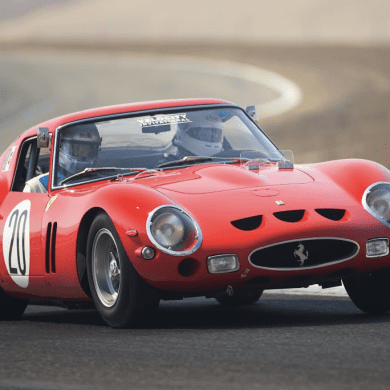
Ferrari 250 GTO
Years: 1962 - 1964
Production: 36 units
Engine: Tipo 168/62 V12
Power: 302 hp @ 7,500 rpm
Torque: 217 lb-ft @ 5,500 rpm
0-60 mph: 6.1 seconds
Top Speed: 177 mph
The 250 GTO model was the pinnacle of development of the 250 GT series in competition form, whilst still being a road car. It made its public debut at the annual pre-season Ferrari press conference in January 1962, and was the only front engine model on display, with its monoposto and sports racing counterparts all having a mid-engine configuration. During its launch, 3223GT was fitted with the Tipo 168/62 Comp V12 engine that is one of the greatest ever produced in automobile history. The 250 GTO decimated the opposition in the first year of competition.
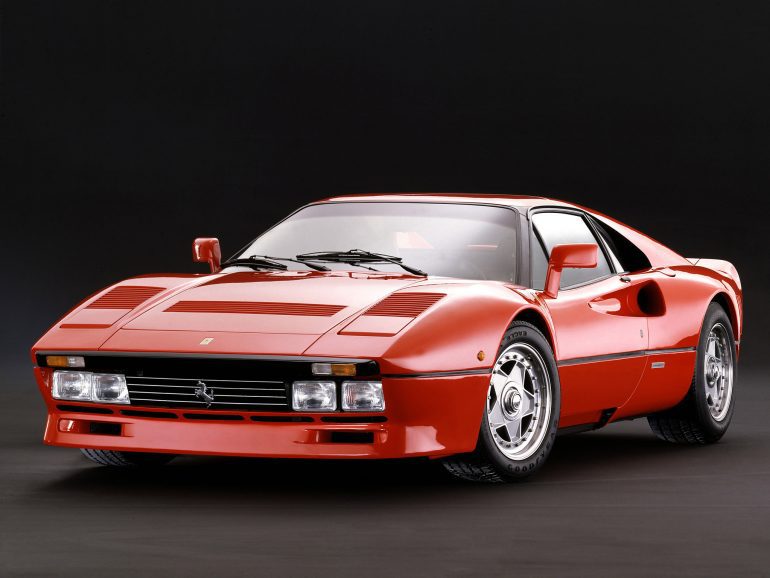
Ferrari 288 GTO
Years: 1984 - 1987
Production: 272 units
Engine: 2.9L twin-turbo V8
Power: 394 bhp @ 7,000 rpm
Torque: 366 lb-ft @ 3,800 rpm
0-60 mph: 4.8 seconds
Top Speed: 189 mph
In 1984 Ferrari produced a street-legal car that paradoxically and magically combined the most sublime beauty with a very raw level of performance. The 1984 GTO was a 2.8 liter twin turbocharged V8 with a power output of 400bhp (140bhp / liter) enough to reach 60mph in 5s or less, and with a conservatively rated top speed of 189mph. Ferrari built 272 288 GTOs, and because of the demise of the no-holds barred Group B supercar series almost all became road cars. Serene control and dynamic violence, this is one of the best ever created by our friends at Ferrari.
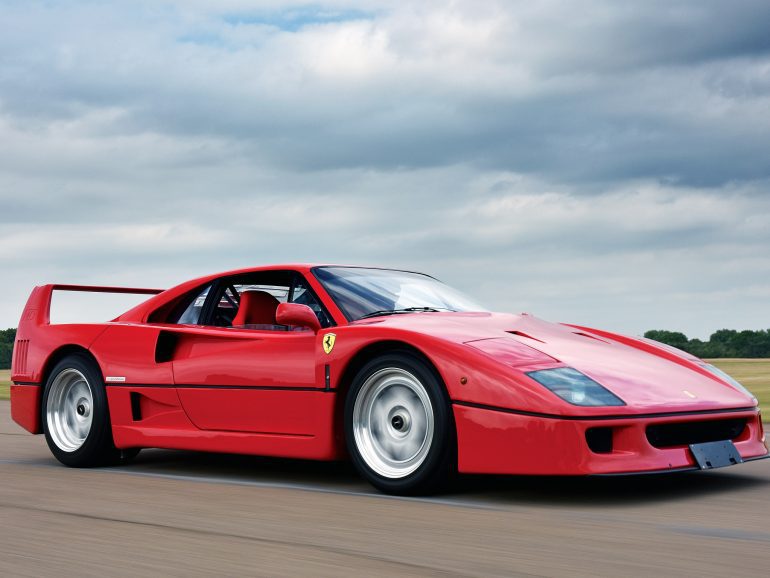
Ferrari F40
Years: 1987 - 1992
Production: 1,315 units
Engine: 2.9L twin-turbo V8
Power: 478 bhp @ 7000 rpm
Torque: 425 lb-ft @ 4,000 rpm
0-60 mph: 3.8 seconds
Top Speed: 201 mph
To celebrate 40 years of Ferrari, Enzo had his design team create a supercar that translated racing tech to the road, it was the last car built under his supervision before he died. The F40 followed in its path and shared its longitudinal, mid-mounted, twin turbocharged V8 configuration. Power came from a large V8 engine that produced 478 bhp and 426 lb-ft torque. While Ferrari purists clamored for the F40 from the very beginning, the automotive press was split on their opinions of the car when it was unveiled in 1987. Today, it is considered the best cars ever made.
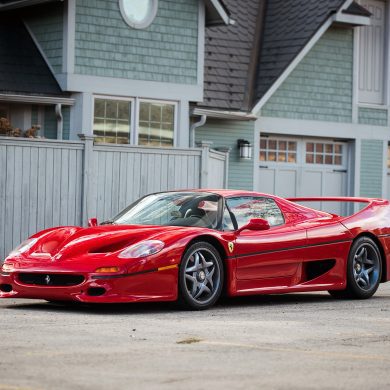
Ferrari F50
Years: 1995 - 1997
Production: 349 units
Engine: 4.7L Tipo F130B V12
Power: 513 hp @ 8,500 rpm
Torque: 347 lb-ft @ 6,500 rpm
0-60 mph: 3.7 seconds
Top Speed: 202 mph
Many people have looked upon the F50 project as somewhat of a failure. I can see where they are coming from; the F50 didn't receive a race program and never set any precedents in performance. It is this attitude that is usually held by people how have yet to experience the F50 in person, on track or, better yet, behind the wheel. While in static performance figures the F50 even loses to its younger F40 brother, it is the dynamic driving, and especially handling where this Ferrari excels. It was pure race-spec from top to bottom and it is arguably the most underrated Ferrari ever made.
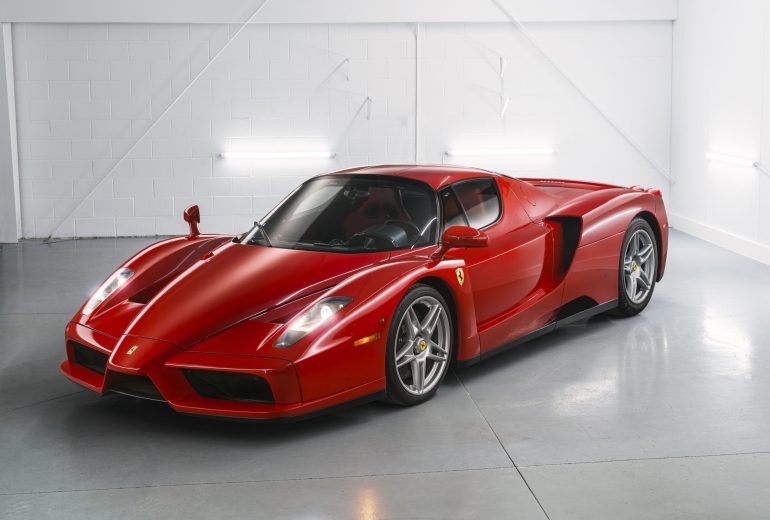
Ferrari Enzo
Years: 2002 - 2004
Production: 400 units
Engine: 6.0L Tipo F140B V12
Power: 660 hp @ 7,800 rpm
Torque: 485 lb-ft @ 5,500 rpm
0-60 mph: 3.1 seconds
Top Speed: 217 mph
With no hybrid setup, no turbochargers, nodual-clutch, and wind-up windows, the Ferrari Enzo is the last old-school Ferrari supercar, before the hypercars came around. It is also the last naturally aspirated Ferrari supercar, with a wonderful 6 liter V12 that just screams. With 650bhp, a claimed 3.1s 0-60mph time and a 217mph top speed, the Enzo had figures that spoke for themselves. The Enzo’s sharp detailing and Formula 1-derived aerodynamics look just as good today as they did back then. This is a tough car to drive fast, and thats what we love about it, a true old-school supercar.
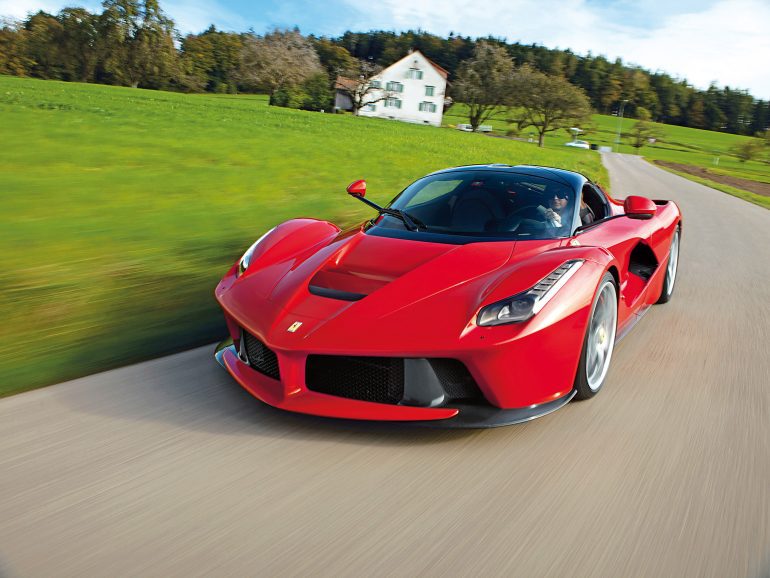
Ferrari LaFerrari
Years: 2013 - '16, 2016 - '18 (Aperta)
Production: 499, 210 (Aperta) units
Engine: 6.3L V12 + Electric Motor
Power: 950 bhp @ 9000rpm
Torque: 664 lb-ft
0-60 mph: 2.7 seconds
Top Speed: 217+ mph
Limited to just 499 examples (an additional 210 Apertas were made), the LaFerrari featured a Formula-One derived HY-KERS system – an electric motor teamed to a 6.3-litre V12. Some would shirk at the concept of a hybrid Ferrari, but while enhanced efficiency is a by-product of the LaFerrari’s powertrain, this was by no means Ferrari’s motivation with the system. The LaFerrari was part of the new wave of supercars, now called Hypercars. Journalists all agreed that the hardware might be modern, but LaFerrari’s heart remains a screaming naturally aspirated V12 engine.
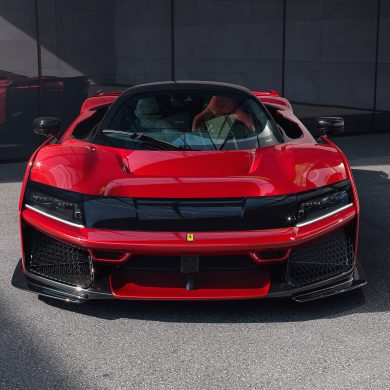
Ferrari F80
Years: 2025 -
Production: 799 units
Engine: 3.0L Twin-Turbo V6 engine hybrid
Power: 1,184 hp
Torque: 793 lb-ft
0-60 mph: 2.15 seconds
Top Speed: 217 mph
Ferrari has a new performance flagship model called the F80, and instead of a howling V-12 engine you'll find a twin-turbo V-6 plug-in hybrid powertrain under its exotic-looking bodywork. That plug-in-hybrid powertrain boasts 1184 horsepower and is said to be capable of launching the F80 to 62 mph in as little as 2.2 seconds. Active aerodynamic elements, an eight-speed dual-clutch automatic transmission, and an active suspension system have all be specially tuned to unlock the F80's envelope-pushing performance.
Ferrari Supercar & Hypercar Images & Wallpapers
A curated collection of our favorite Ferrari supercar and hypercar wallpapers and pictures.
It's the fastest, most capable, and most exciting Ferrari I've ever driven. It's a car that truly pushes the boundaries of what's possible...
Fernando Alonso


